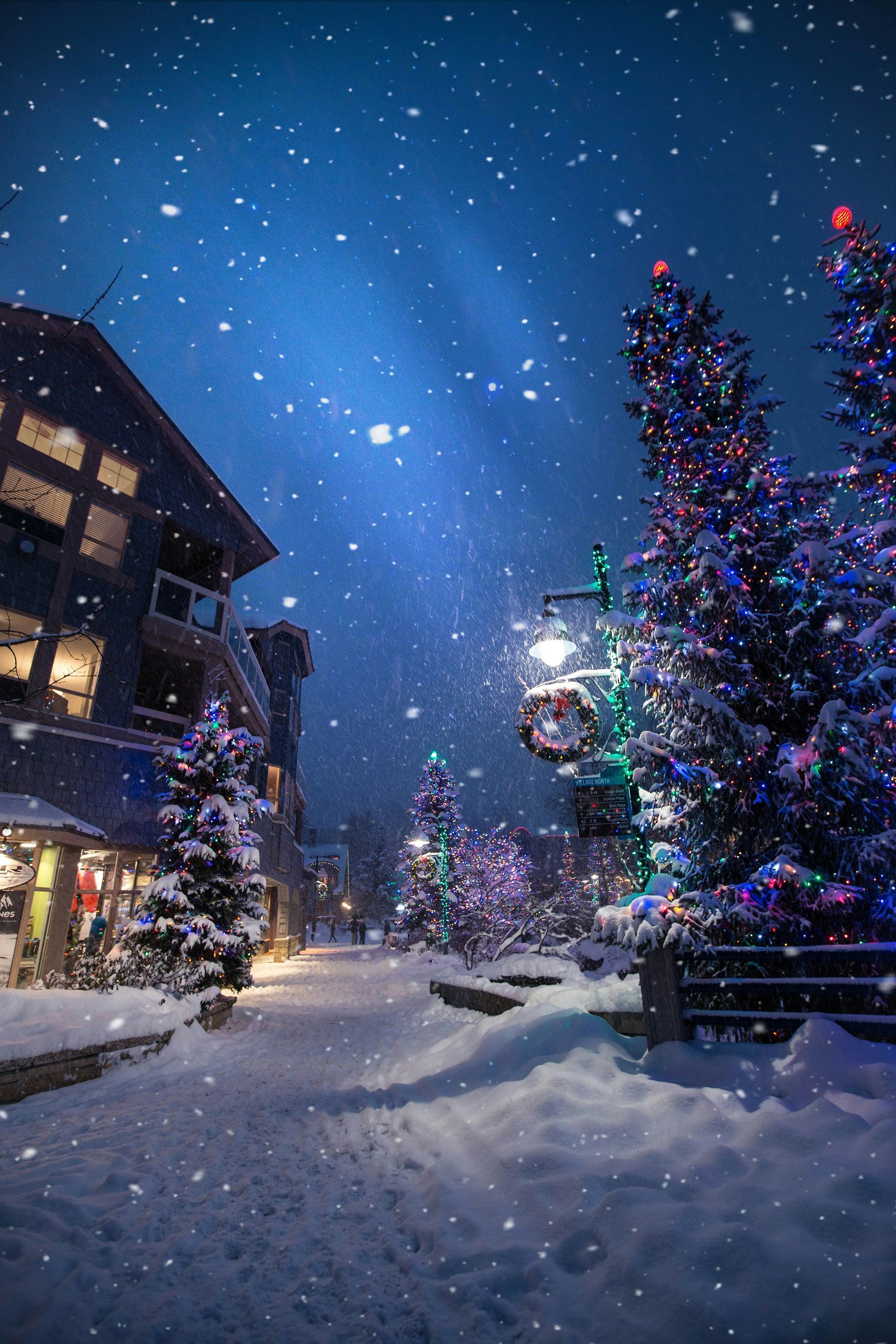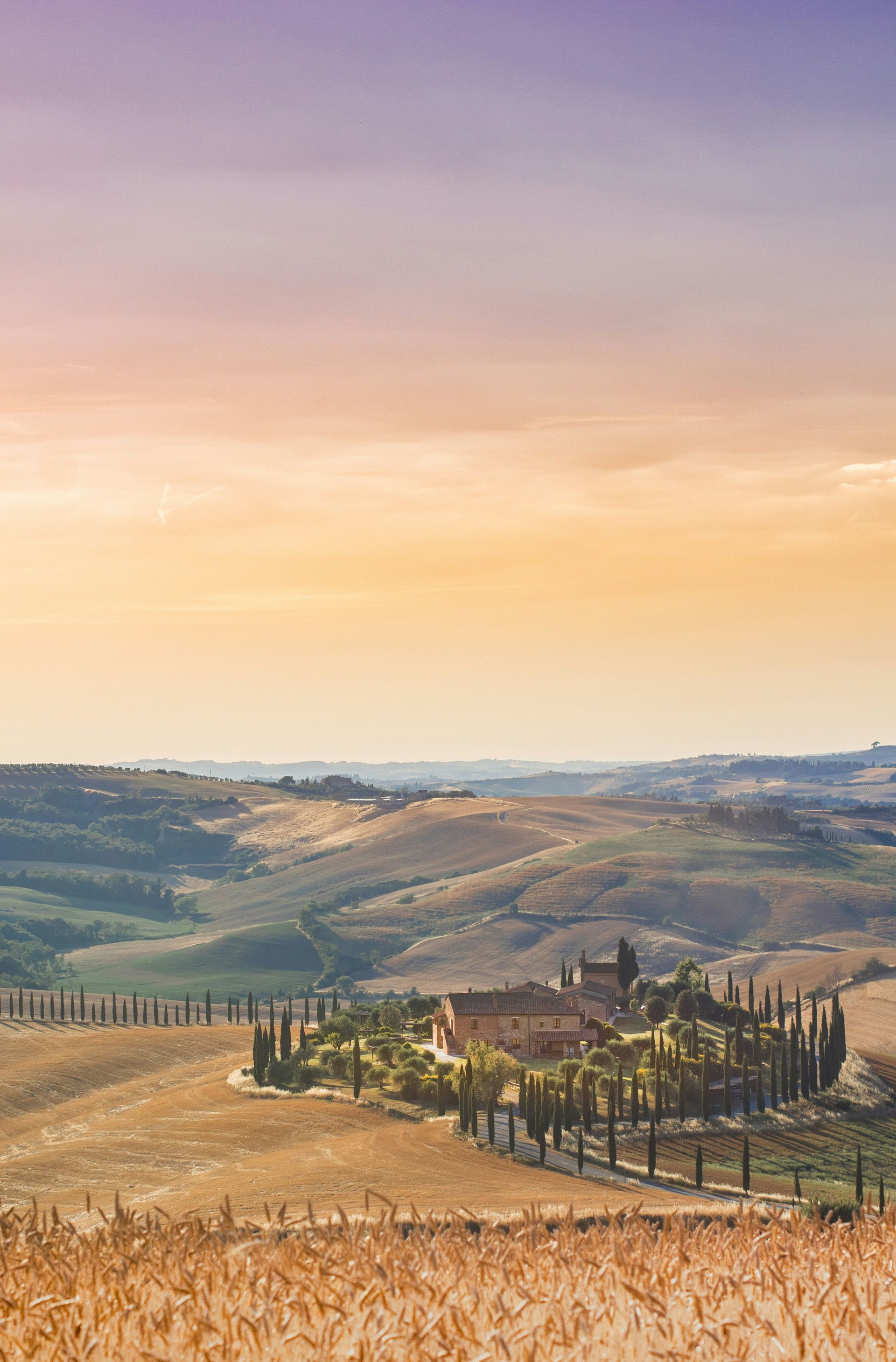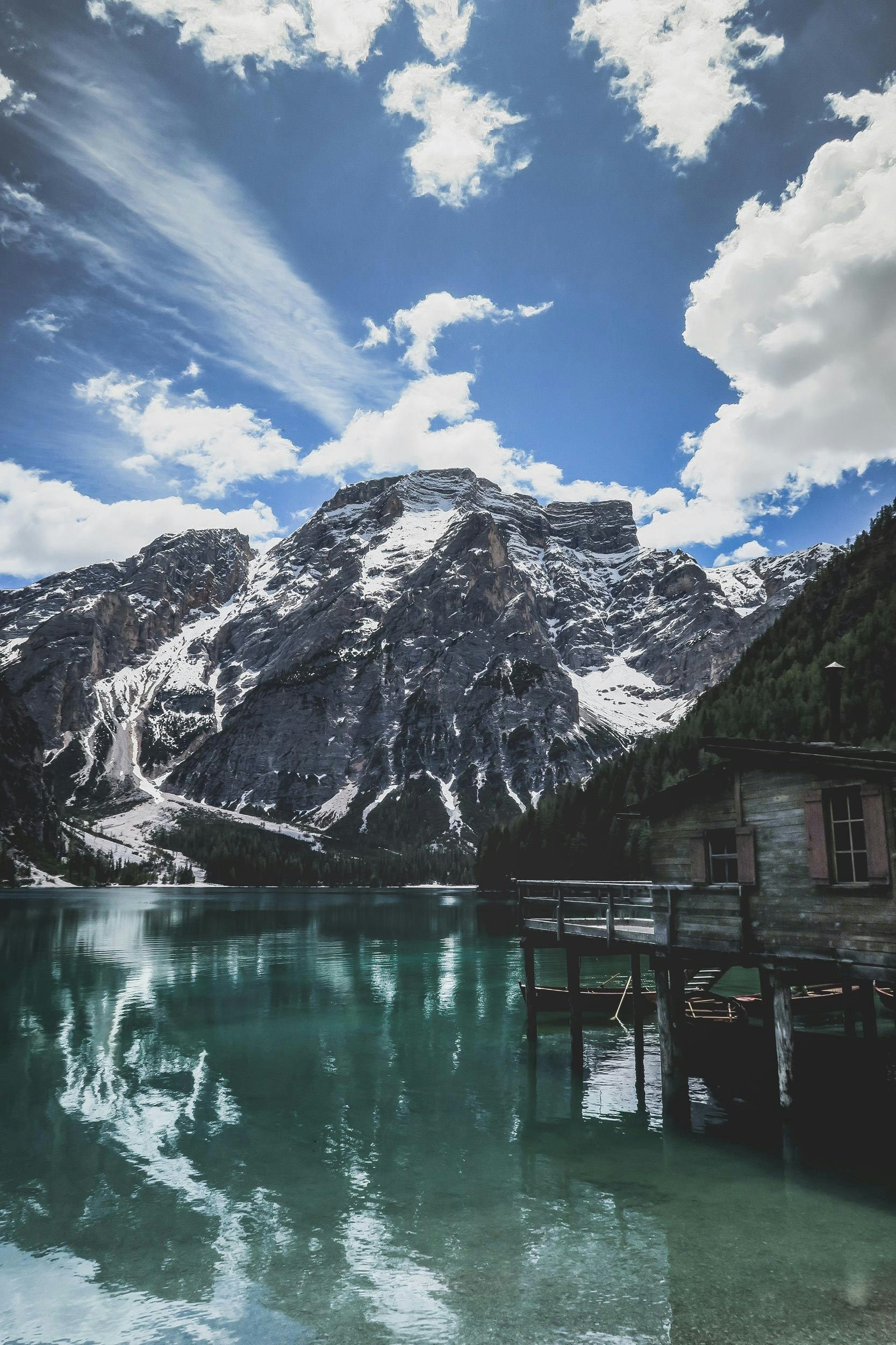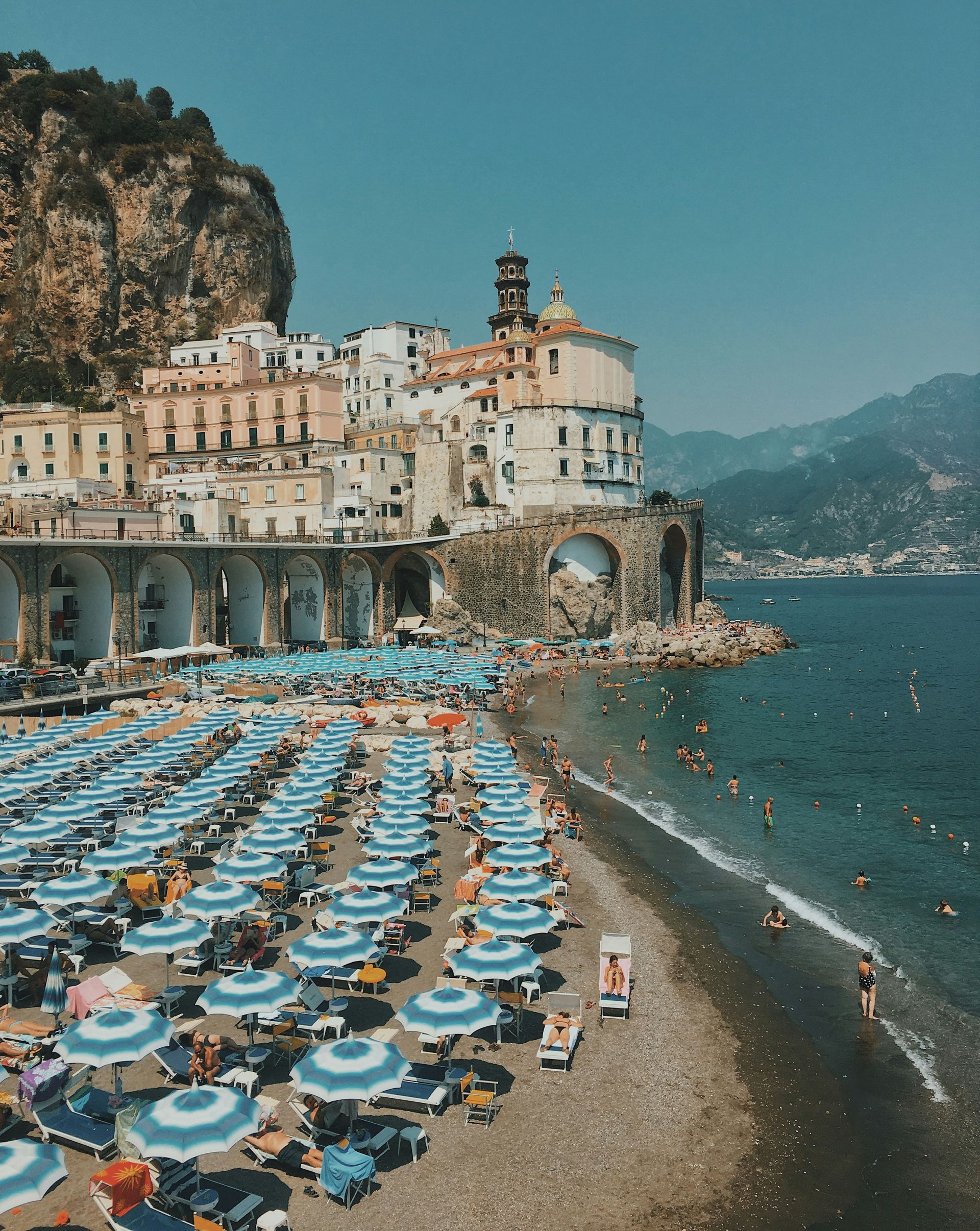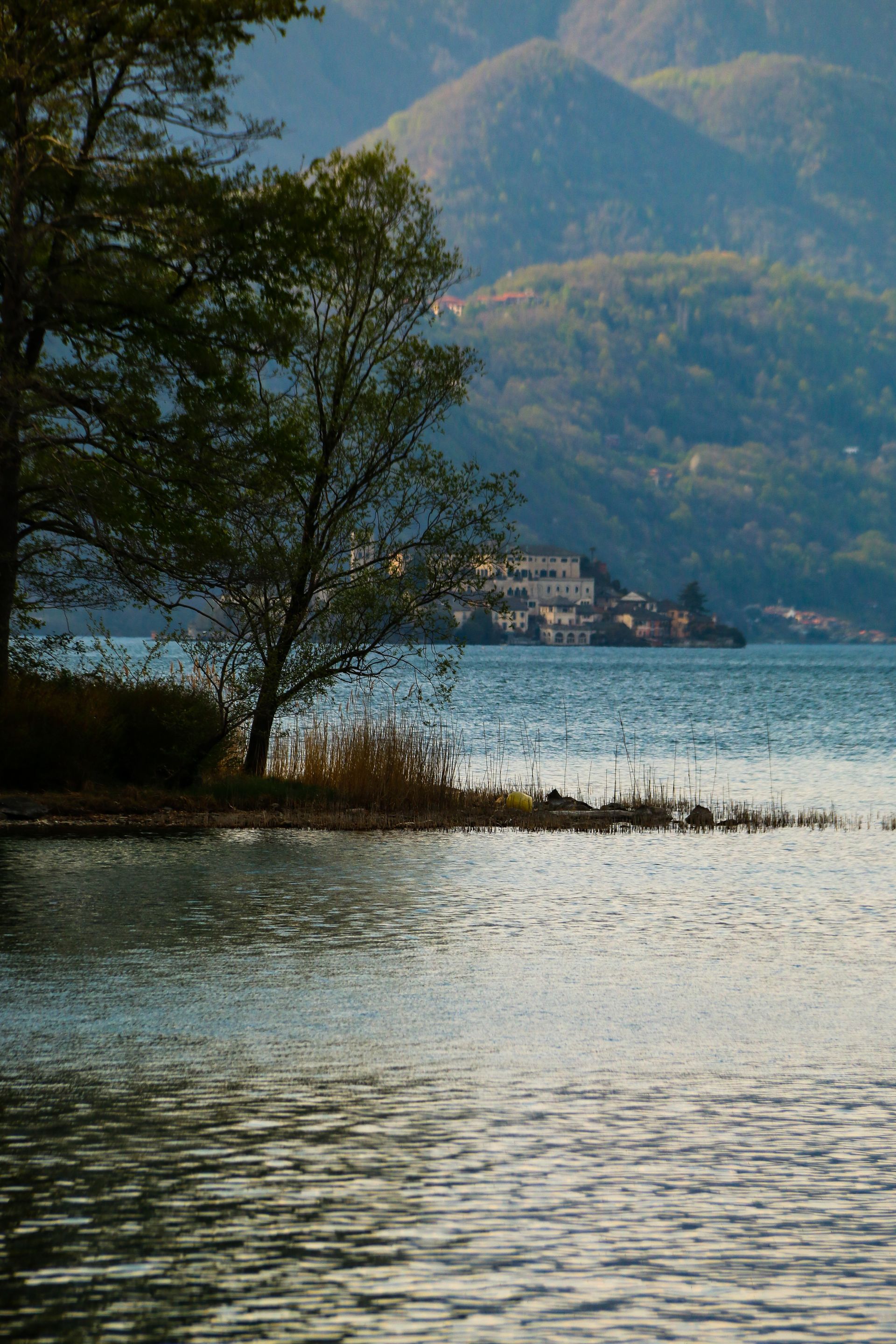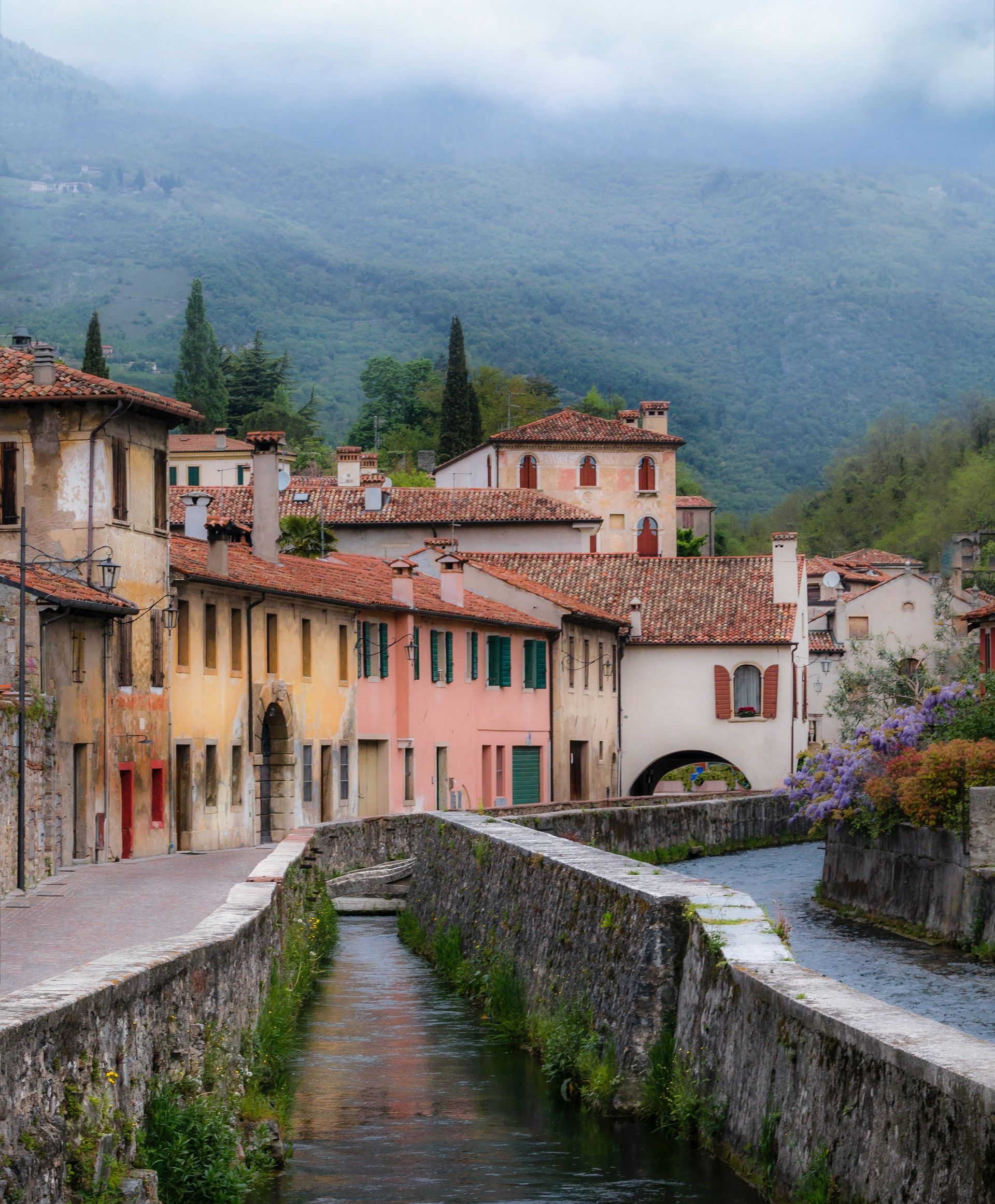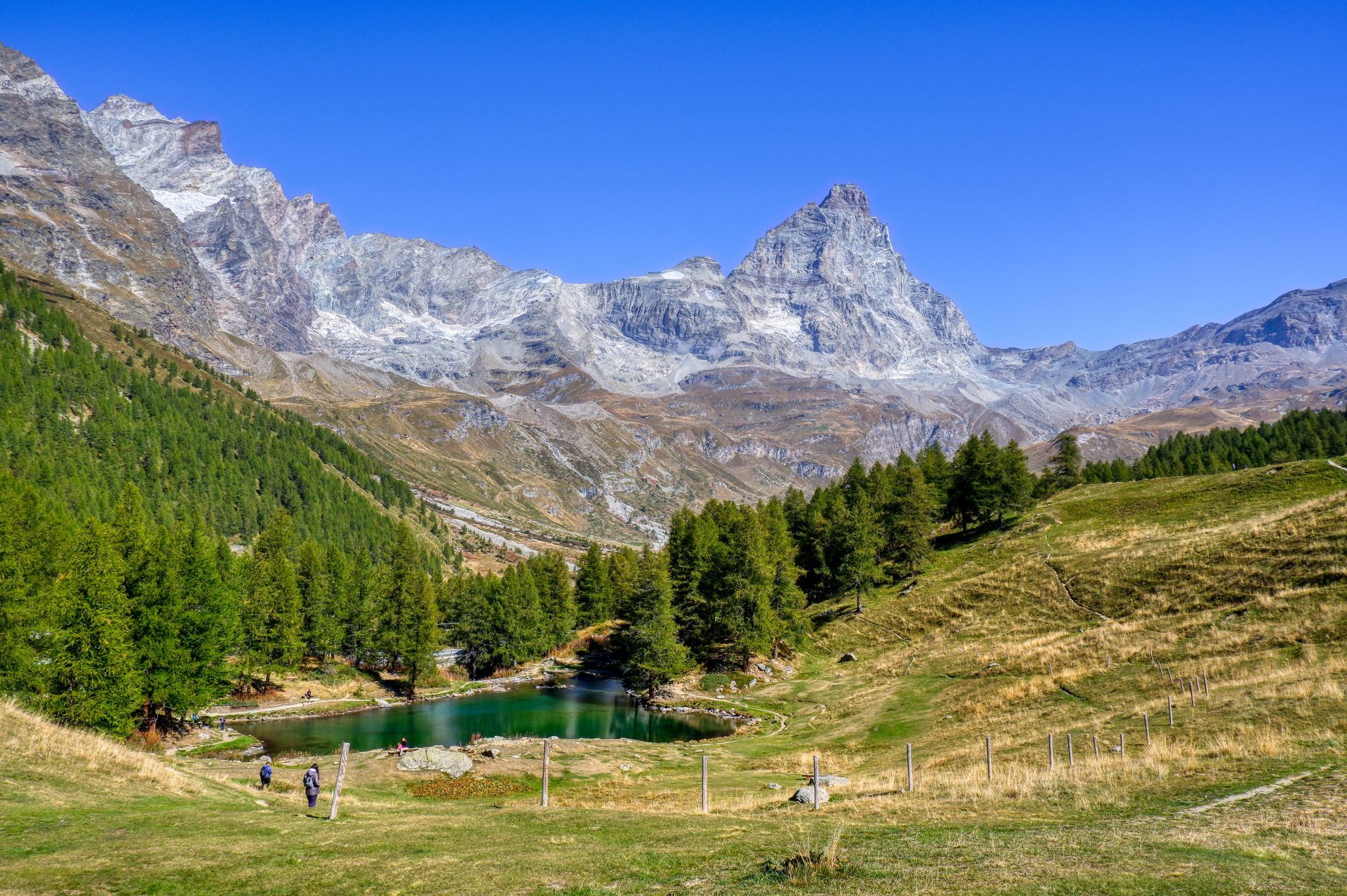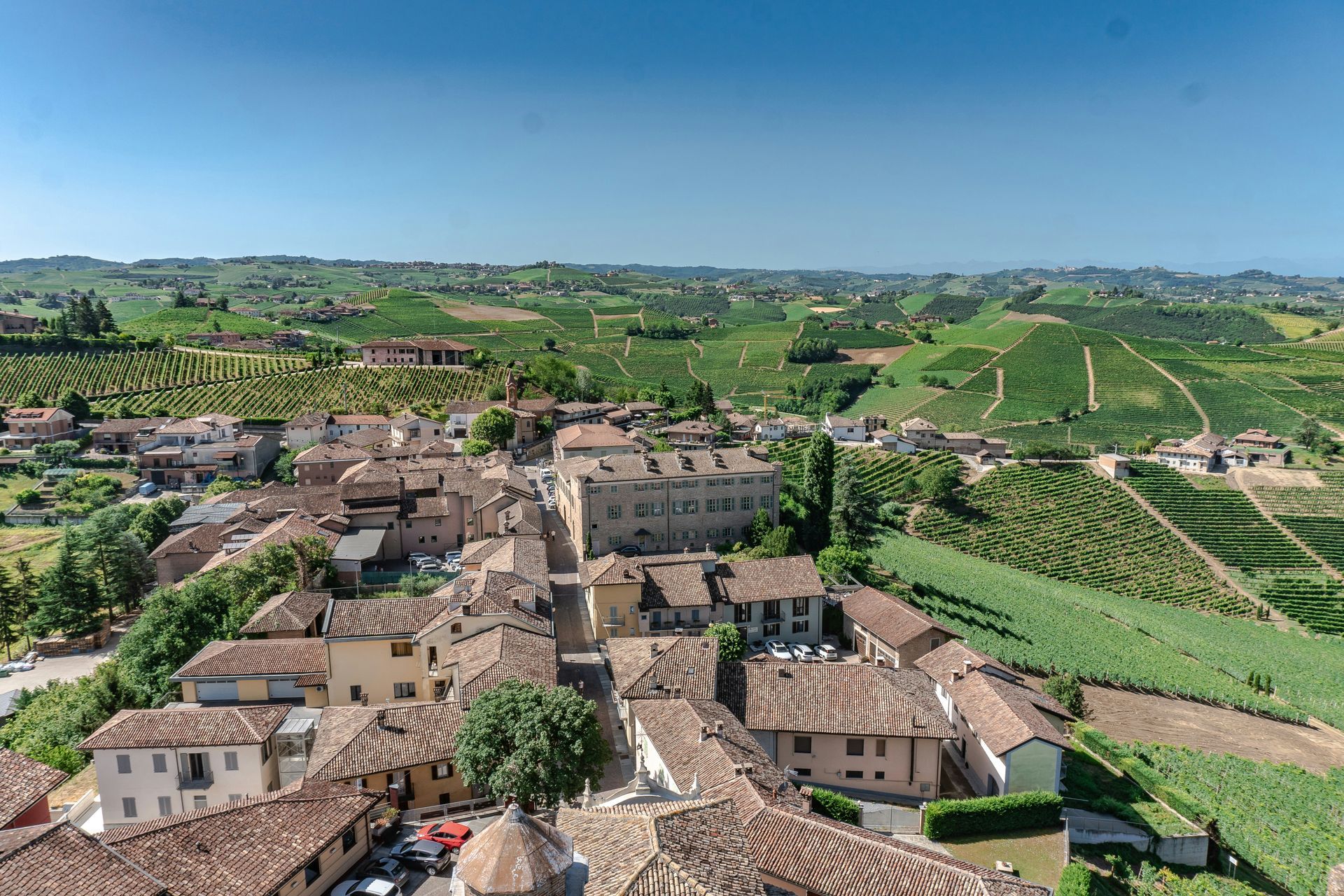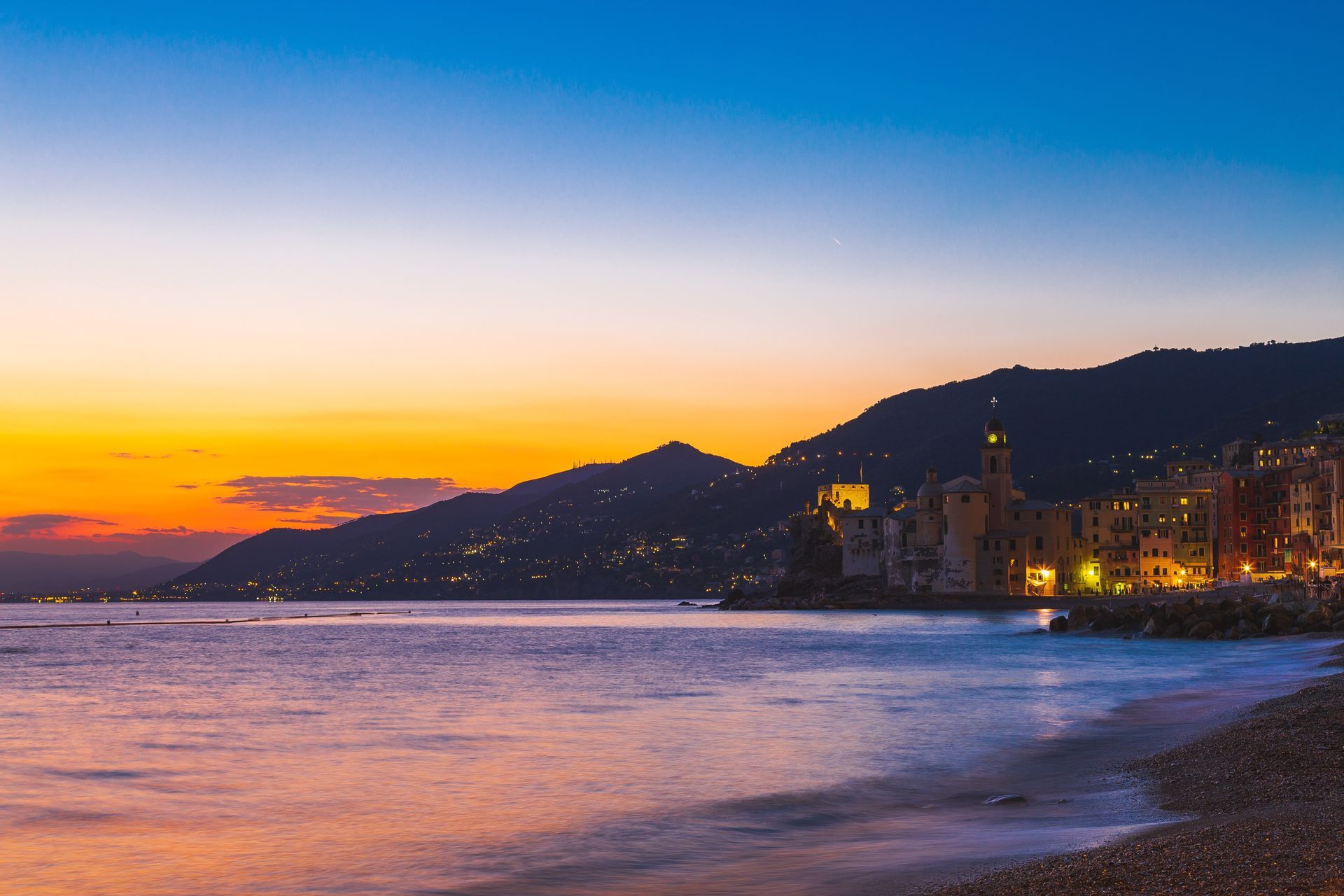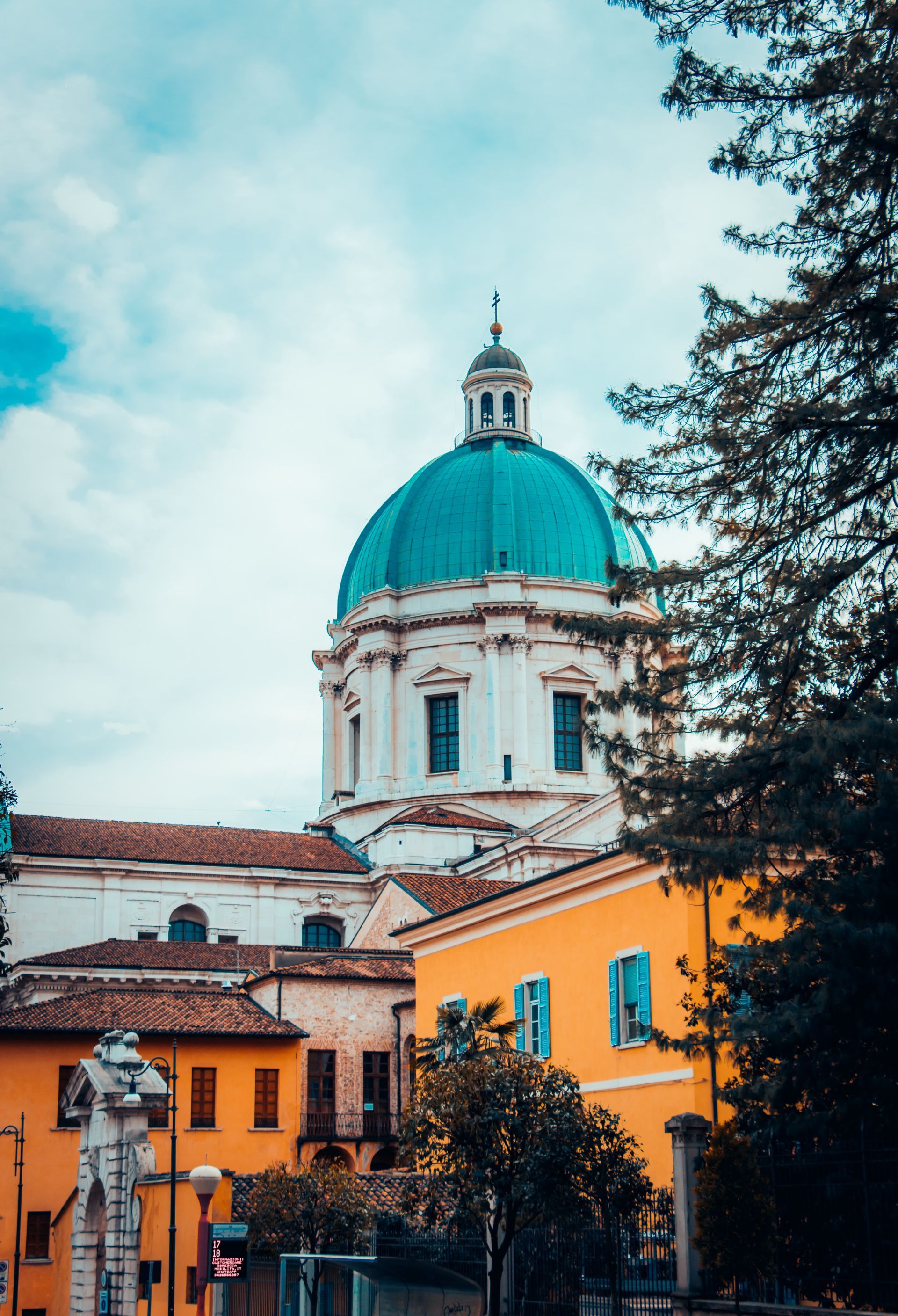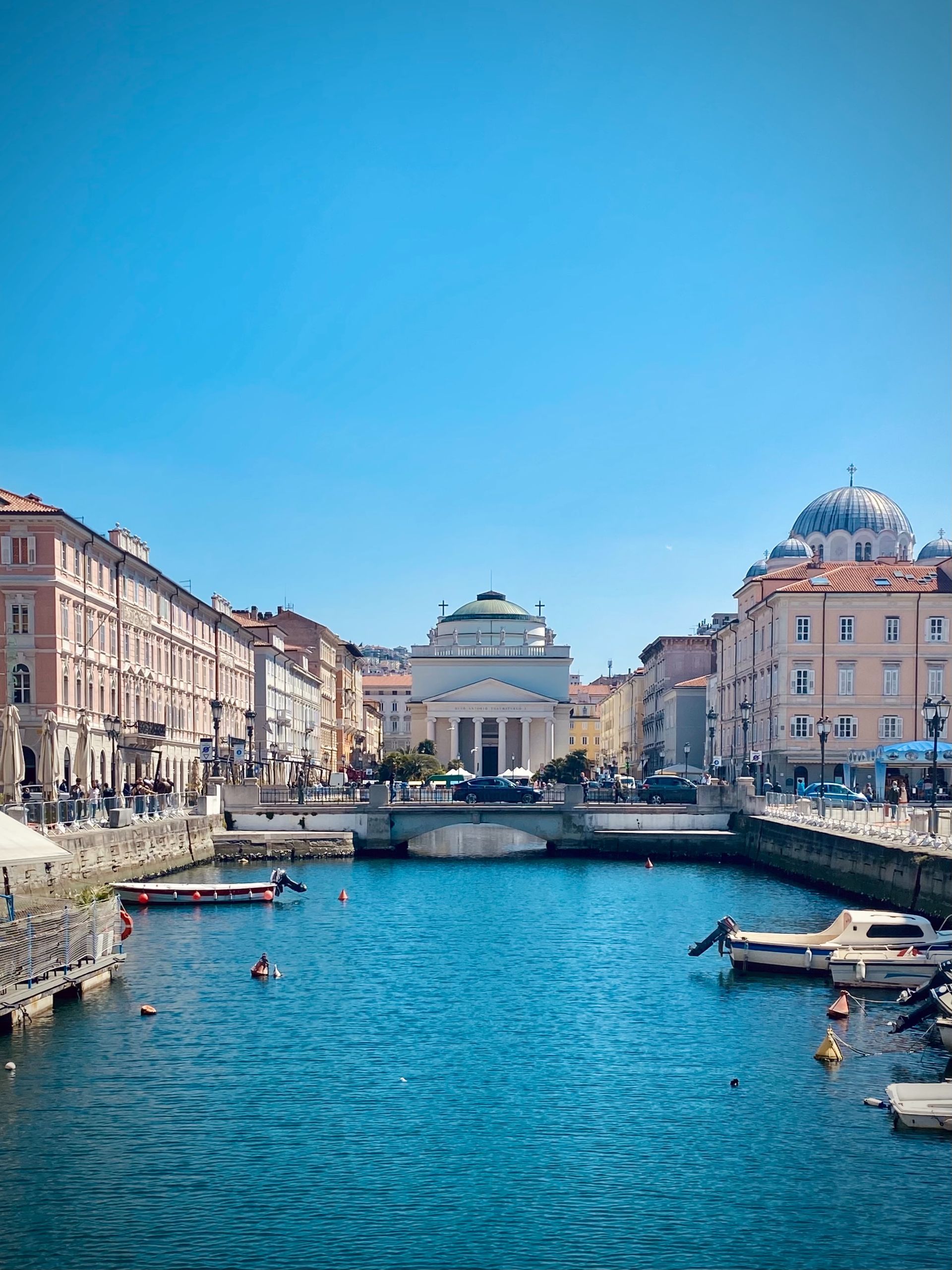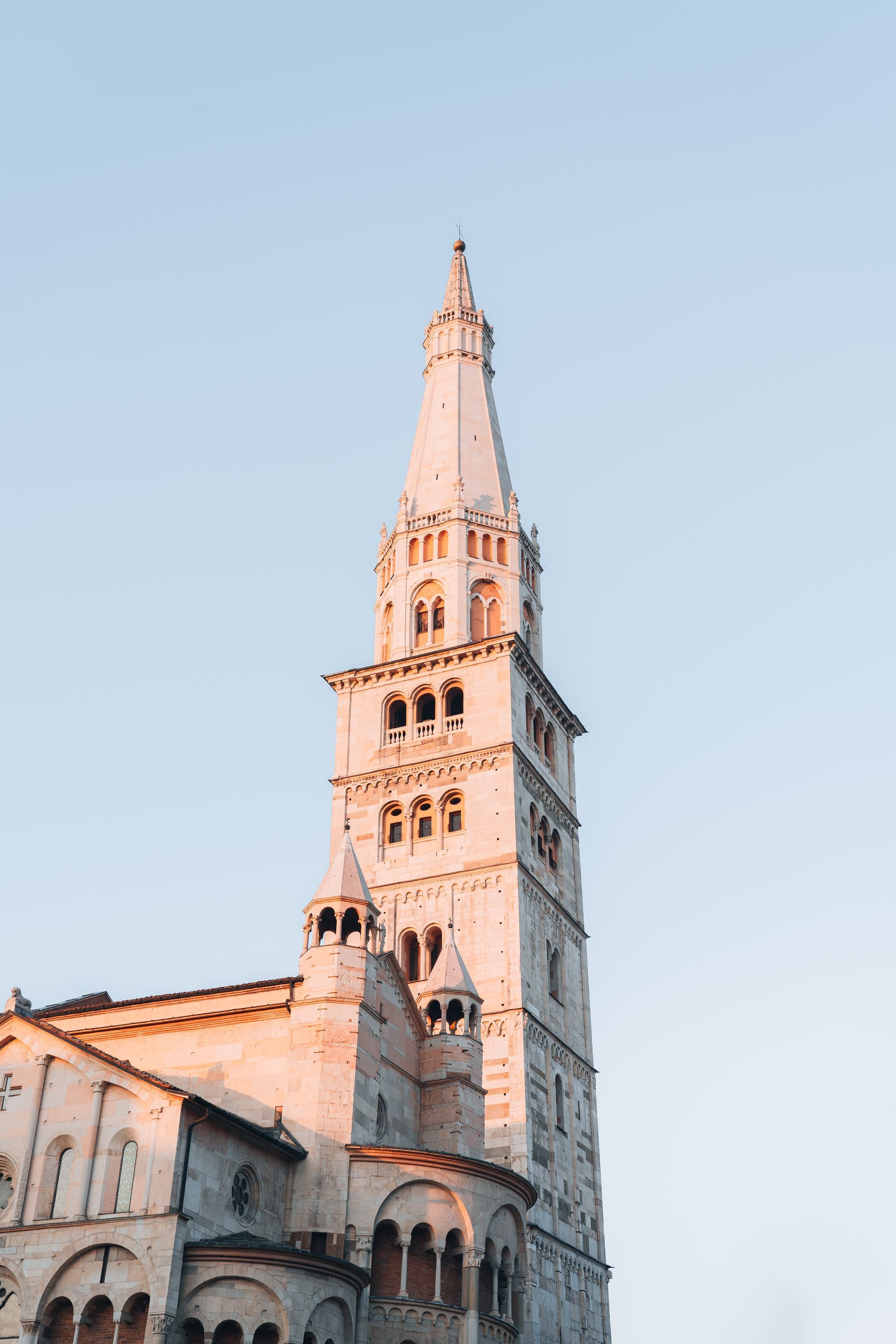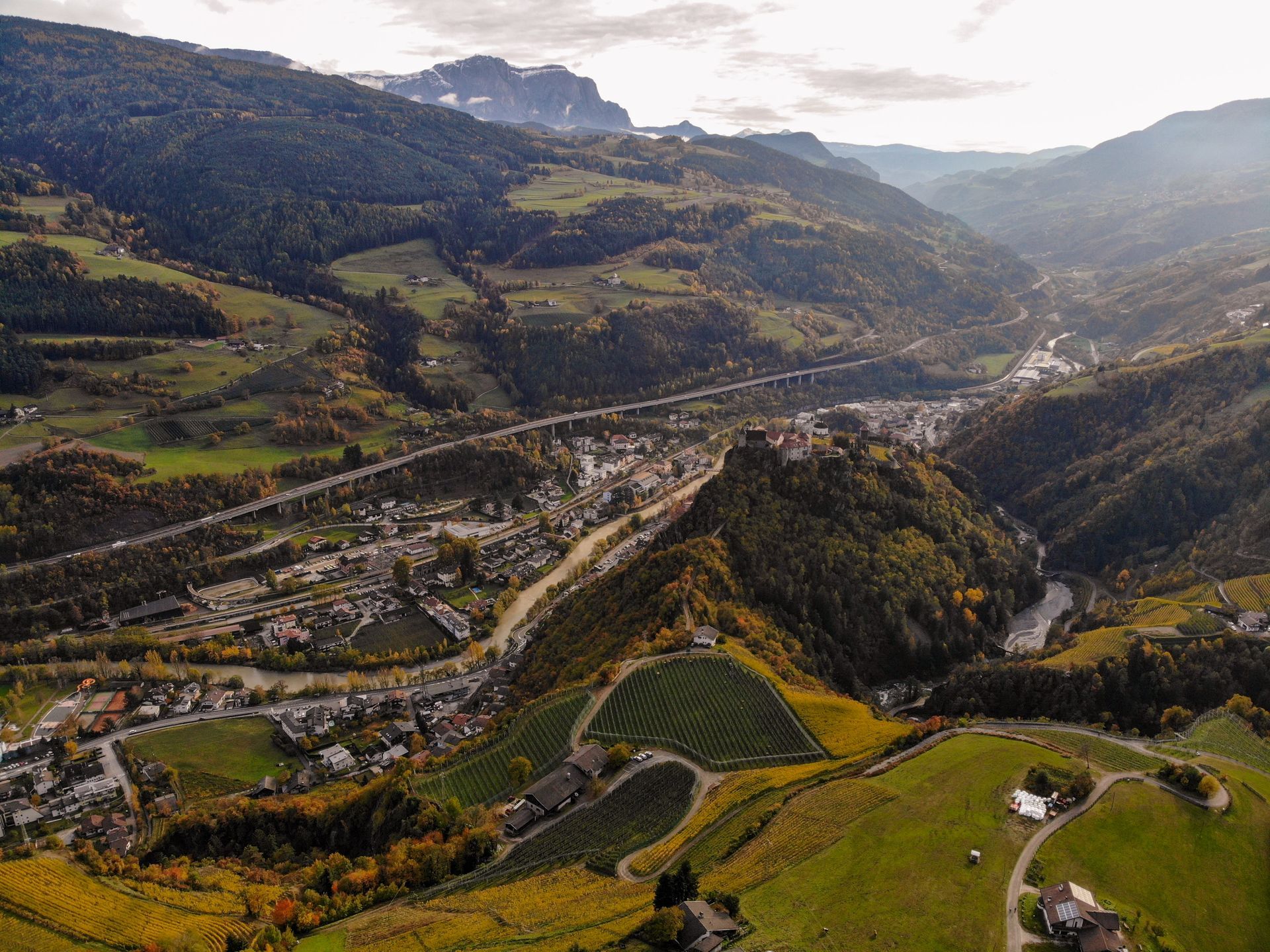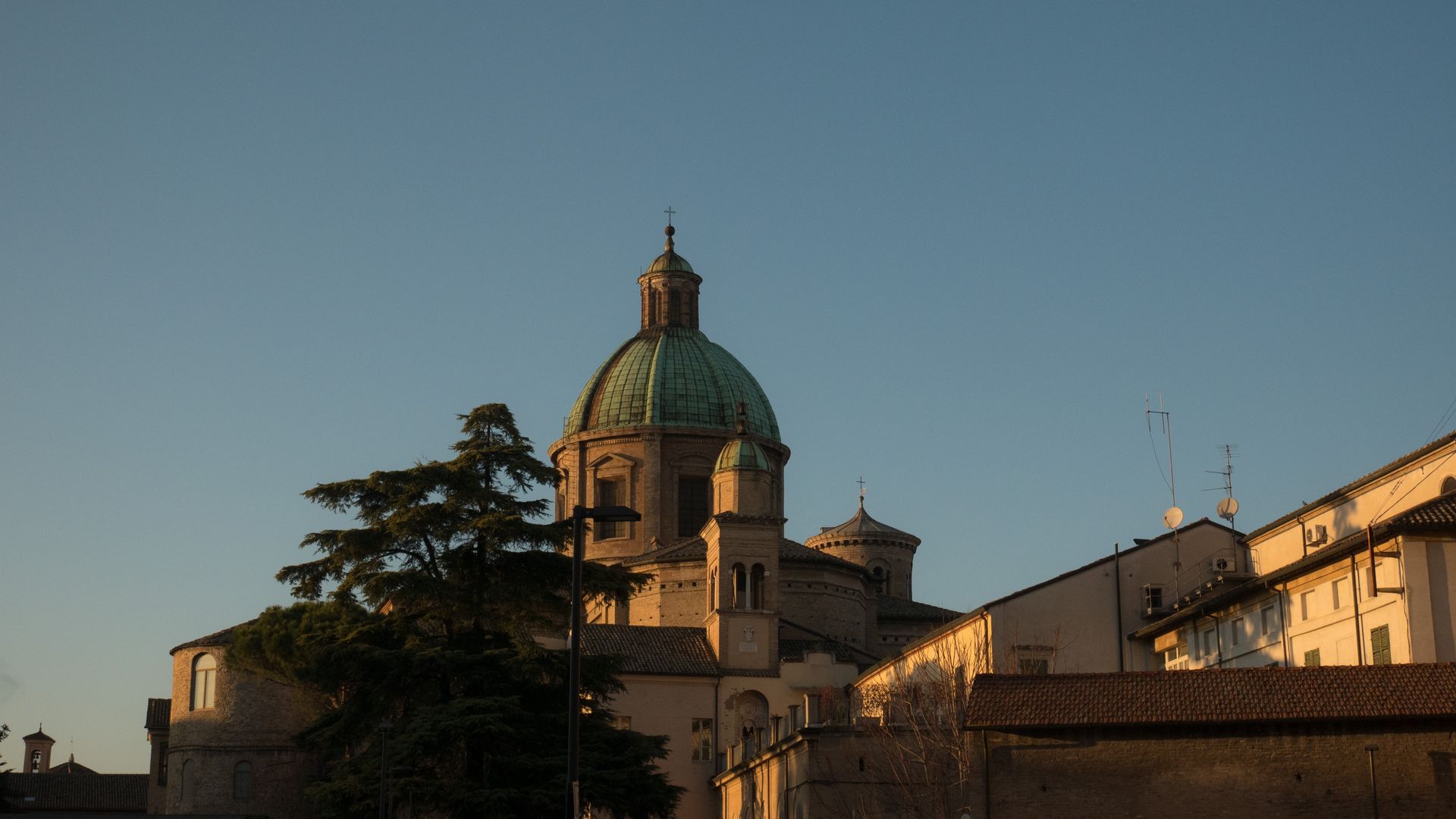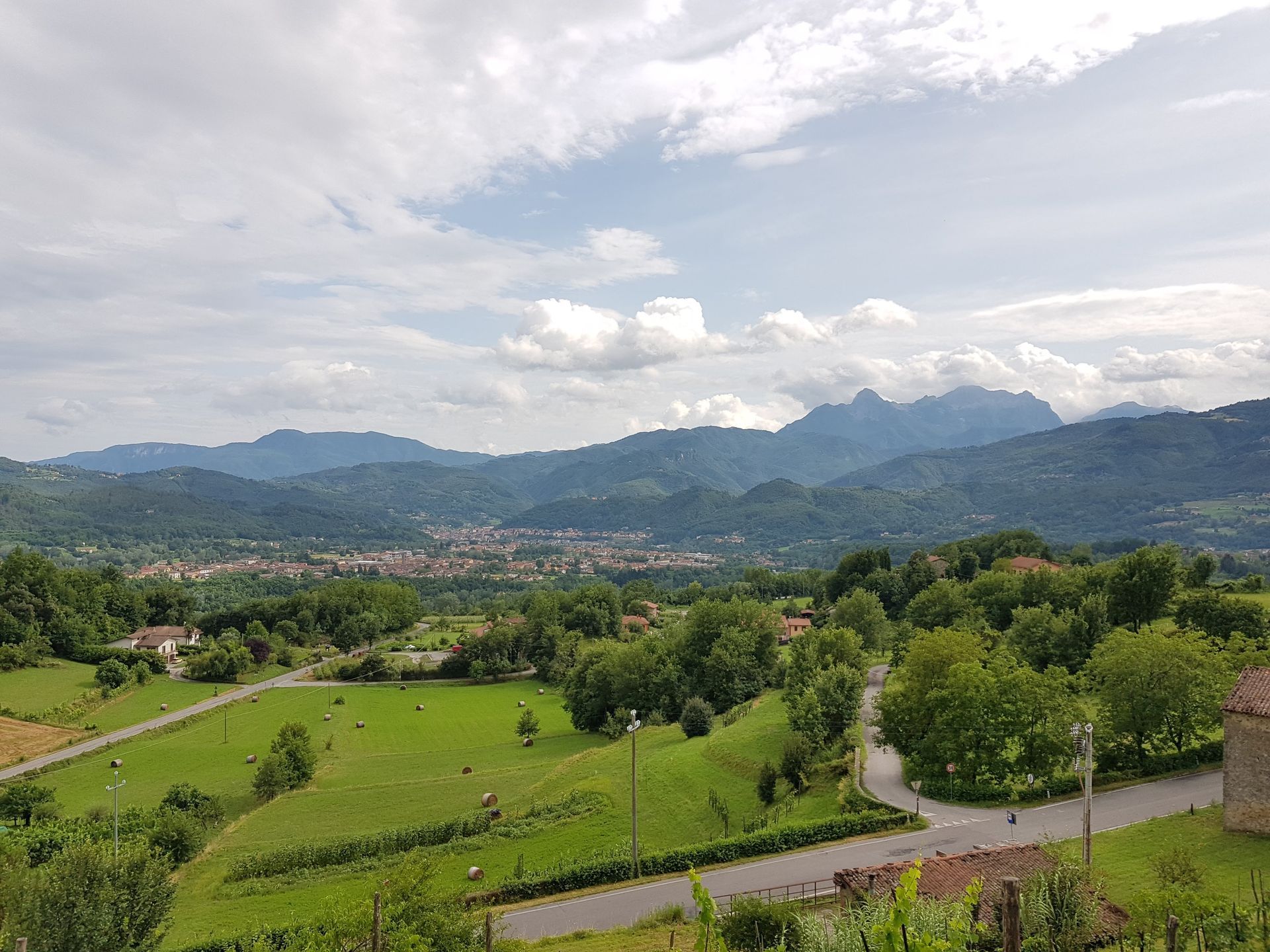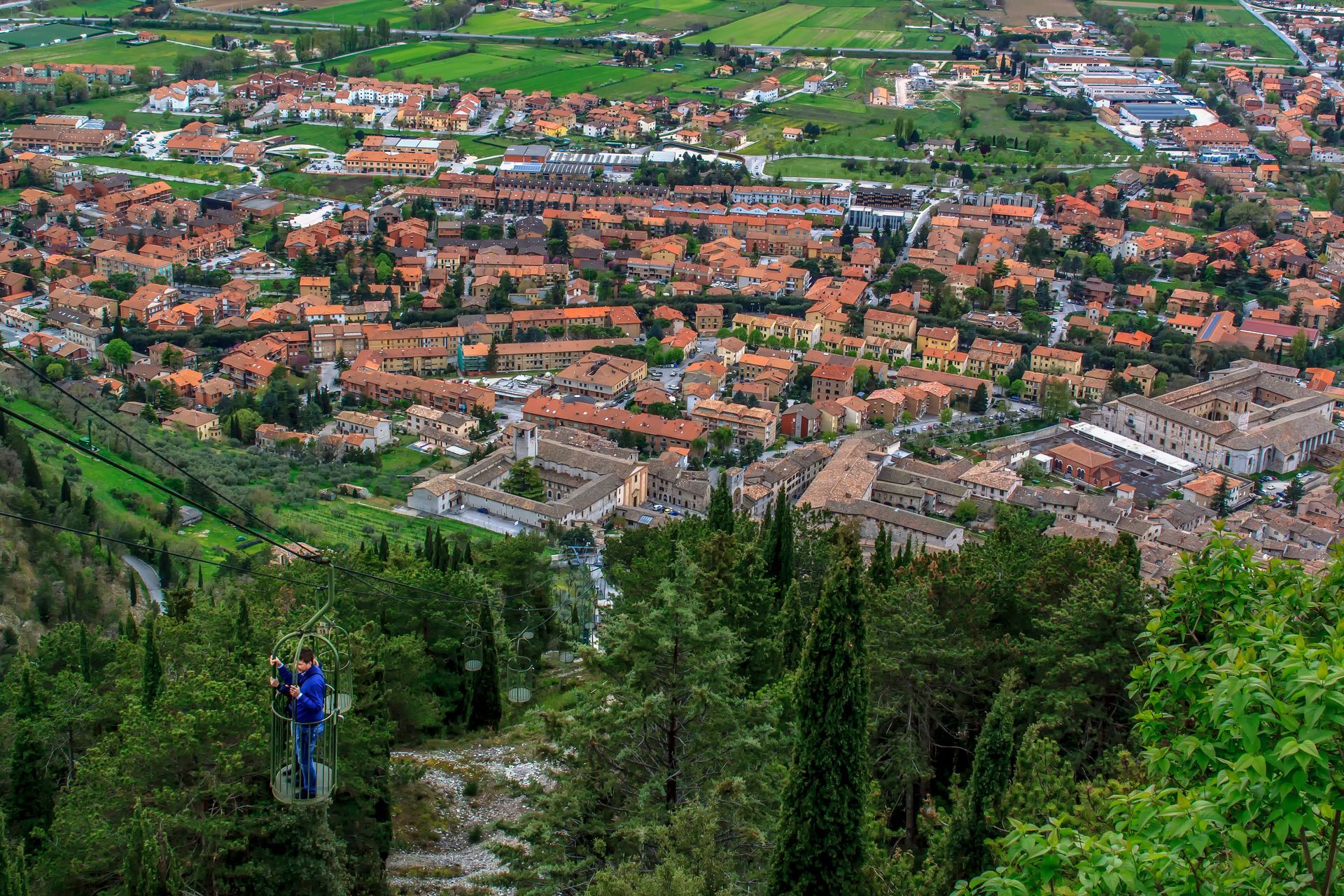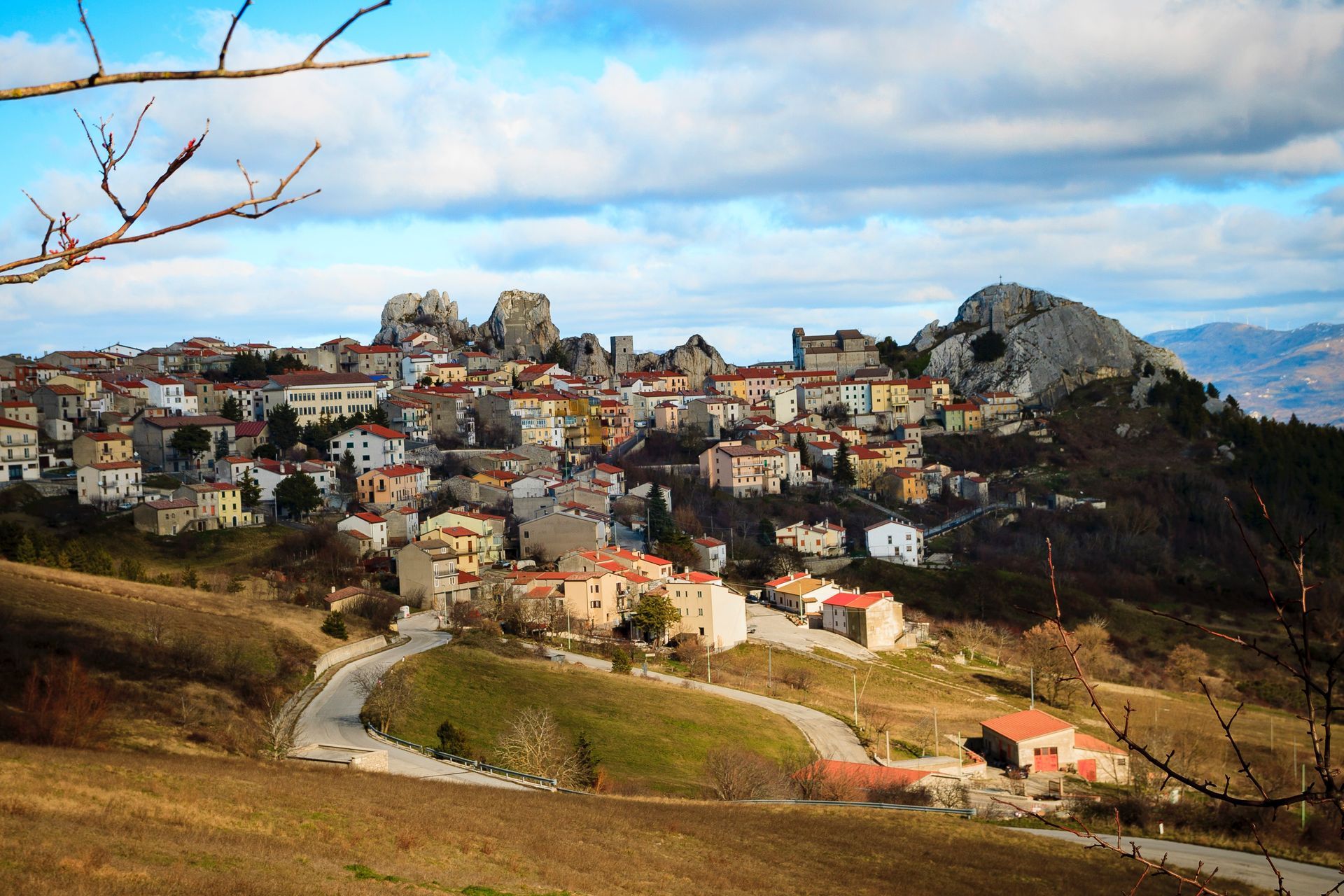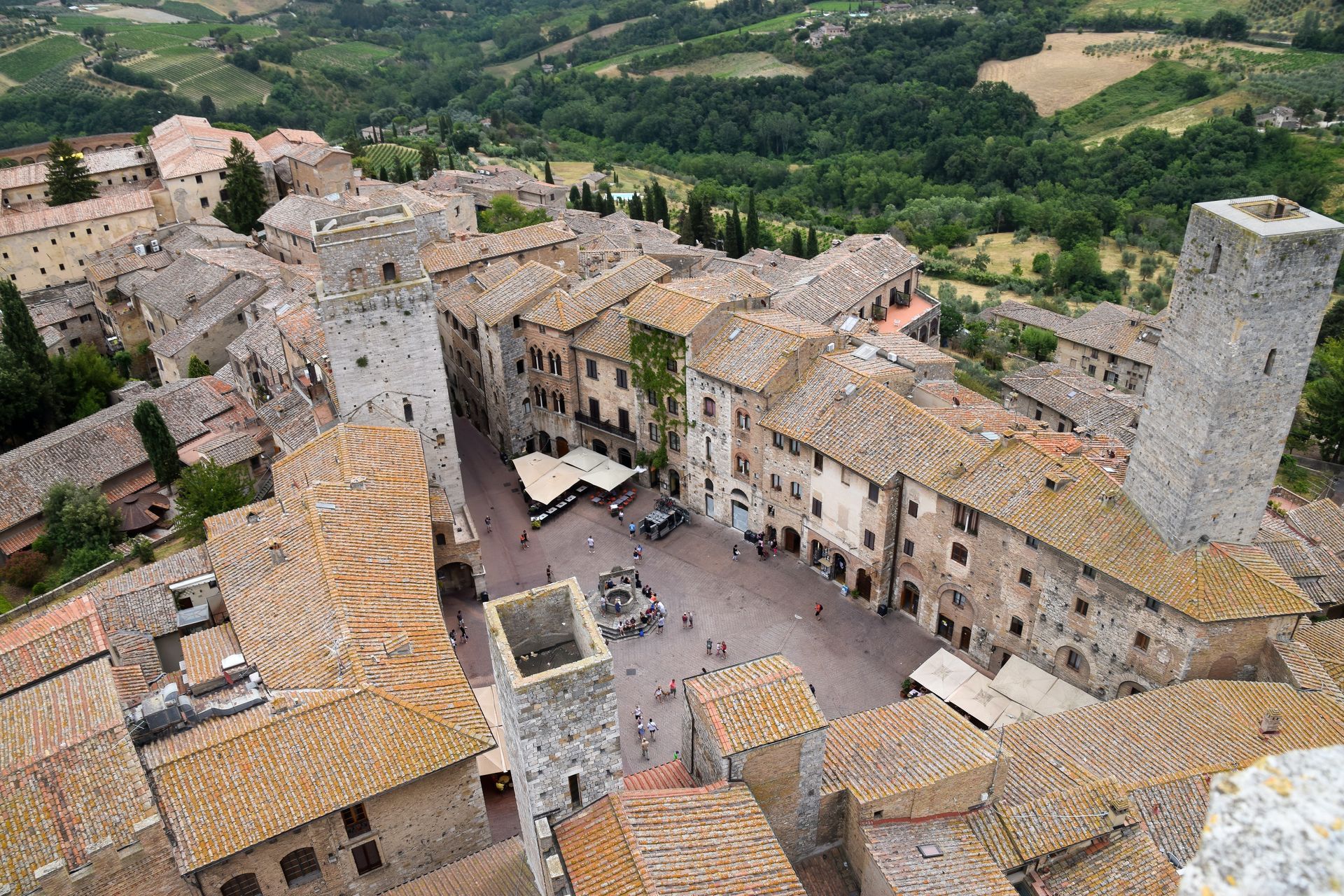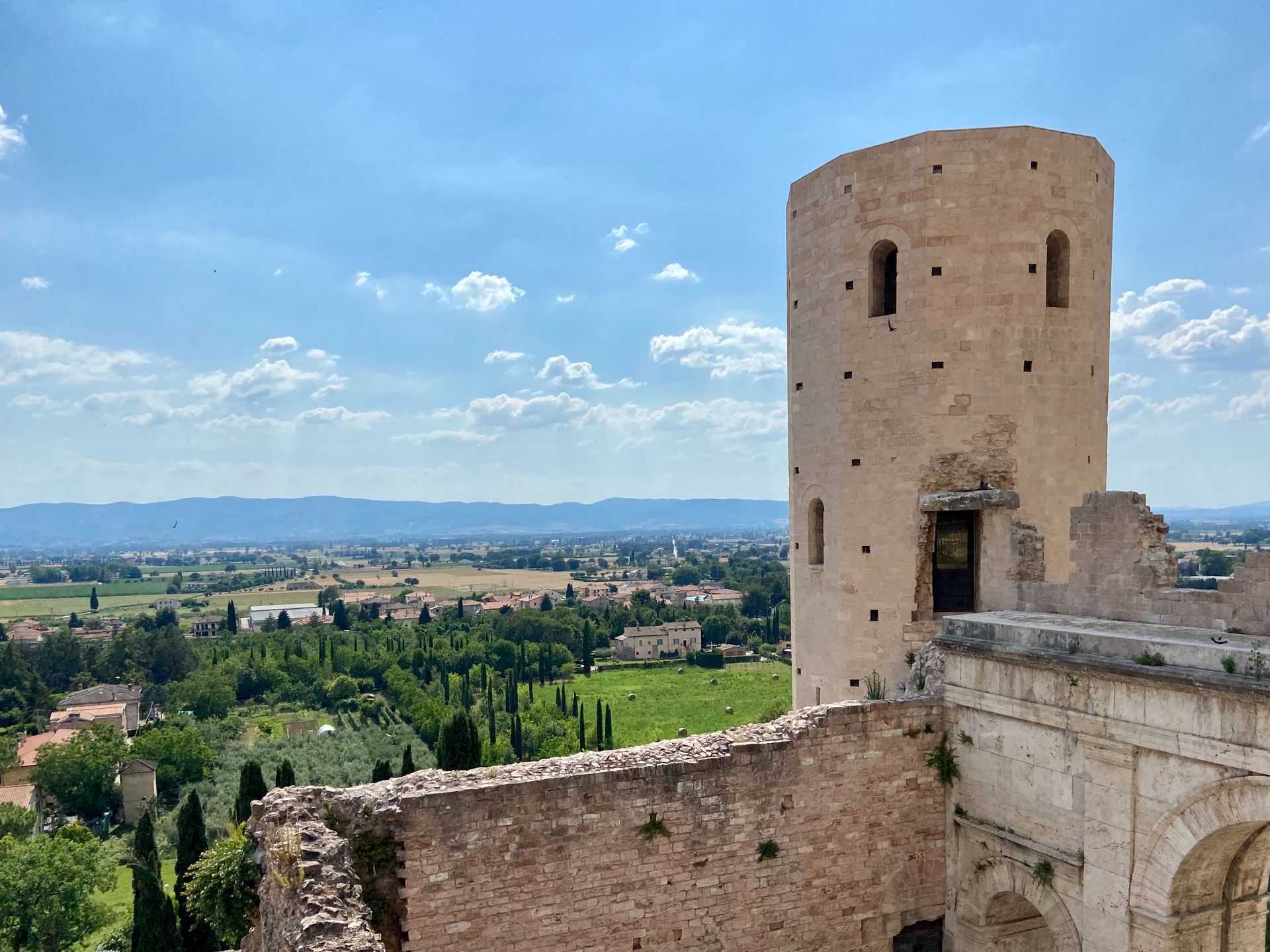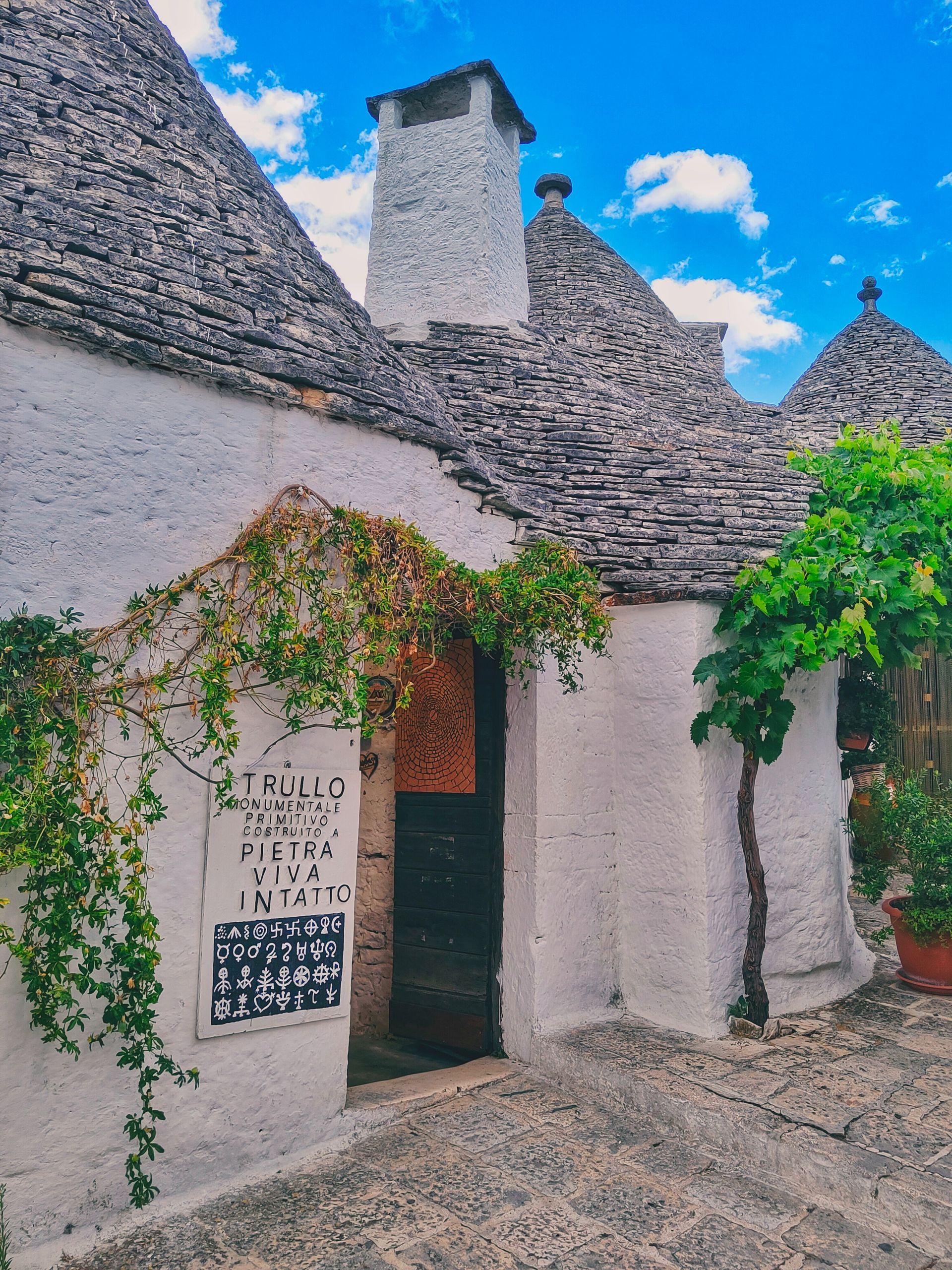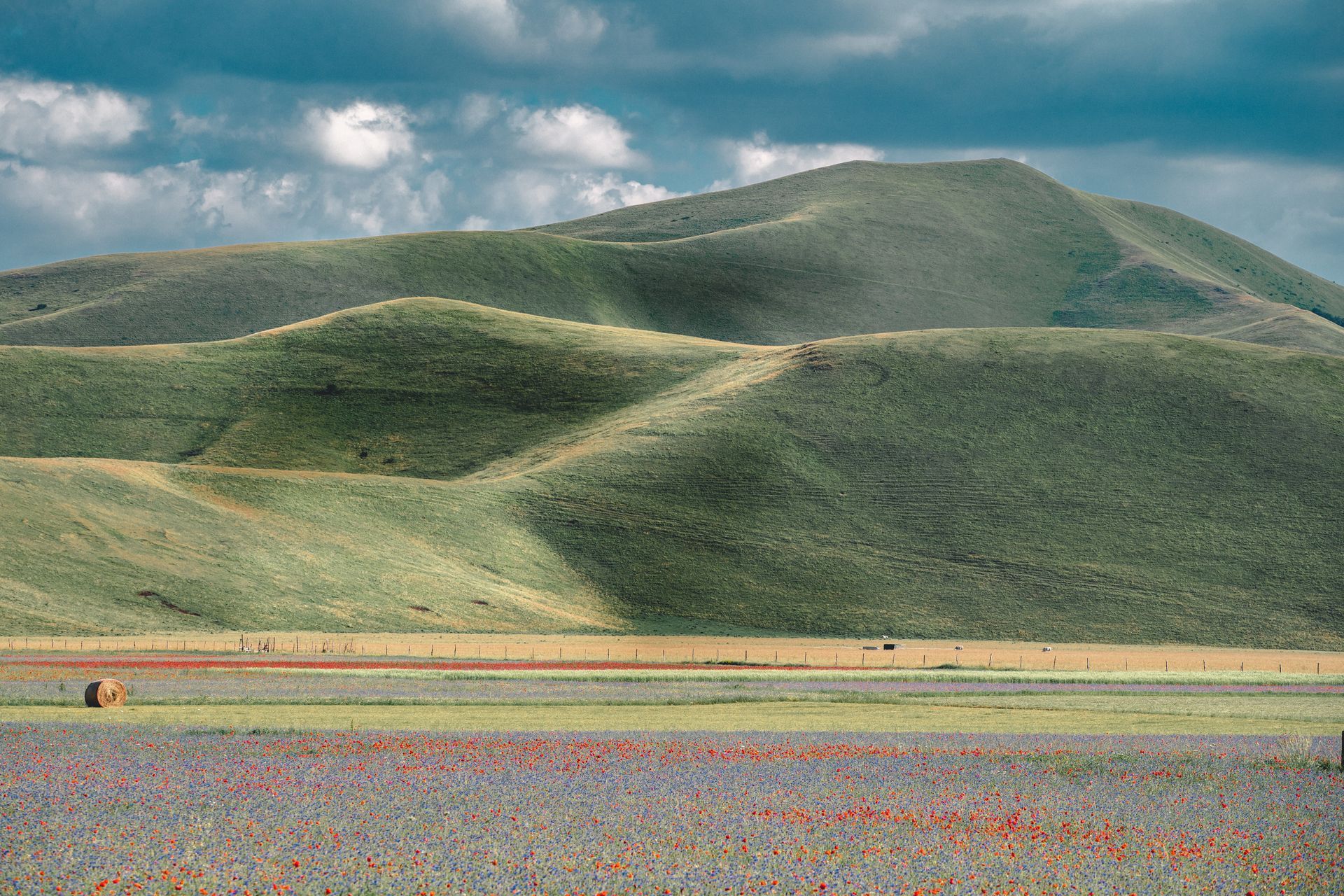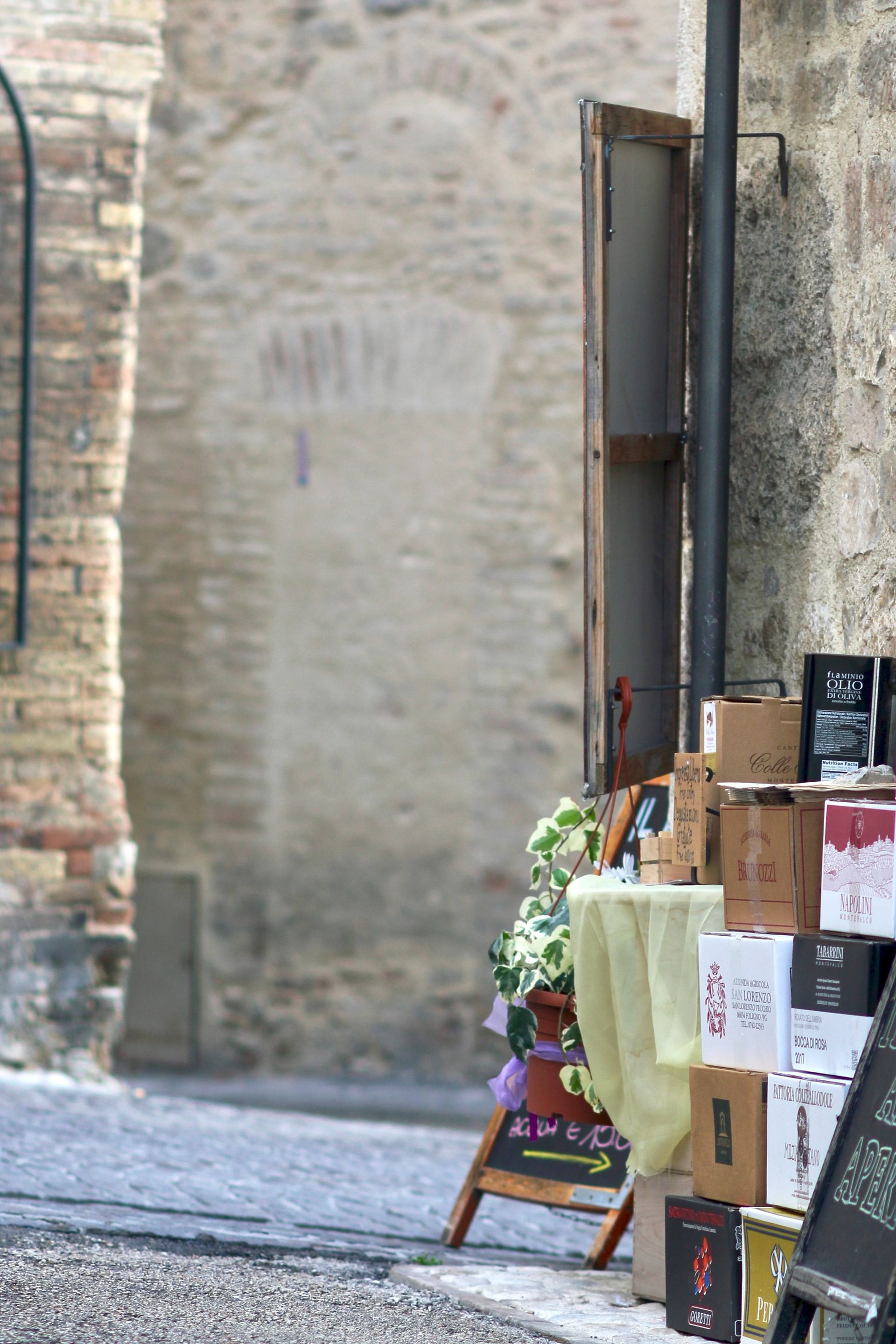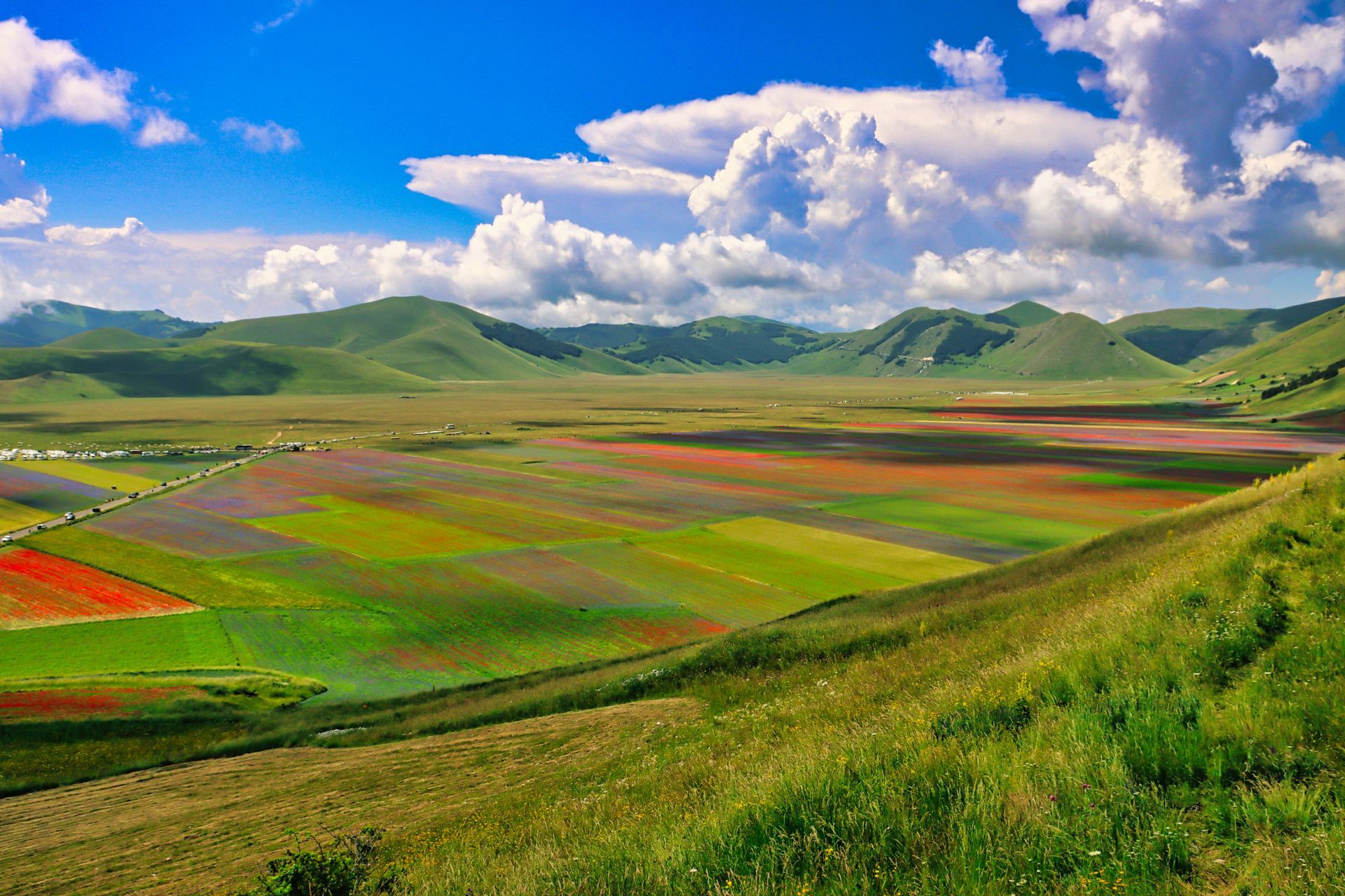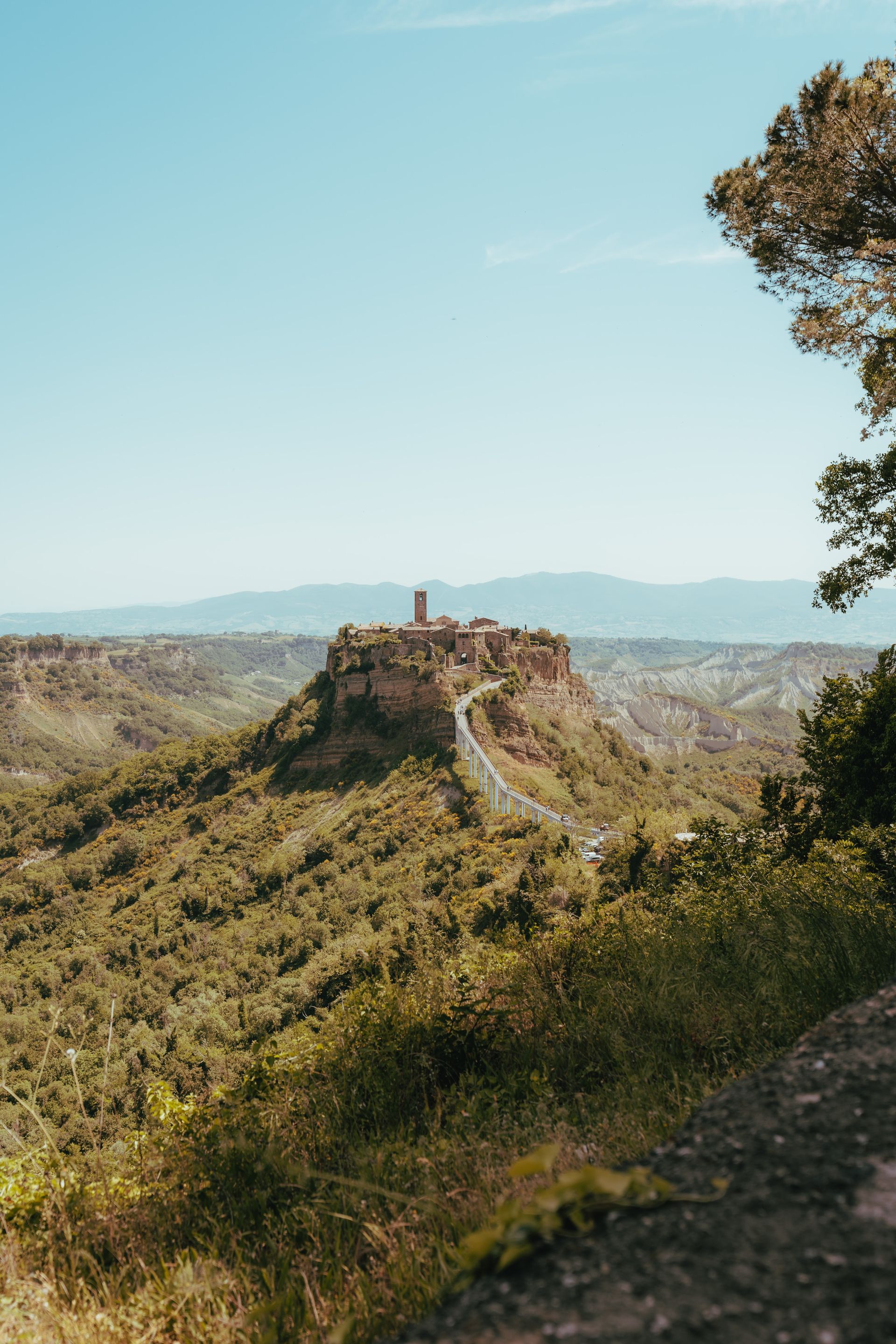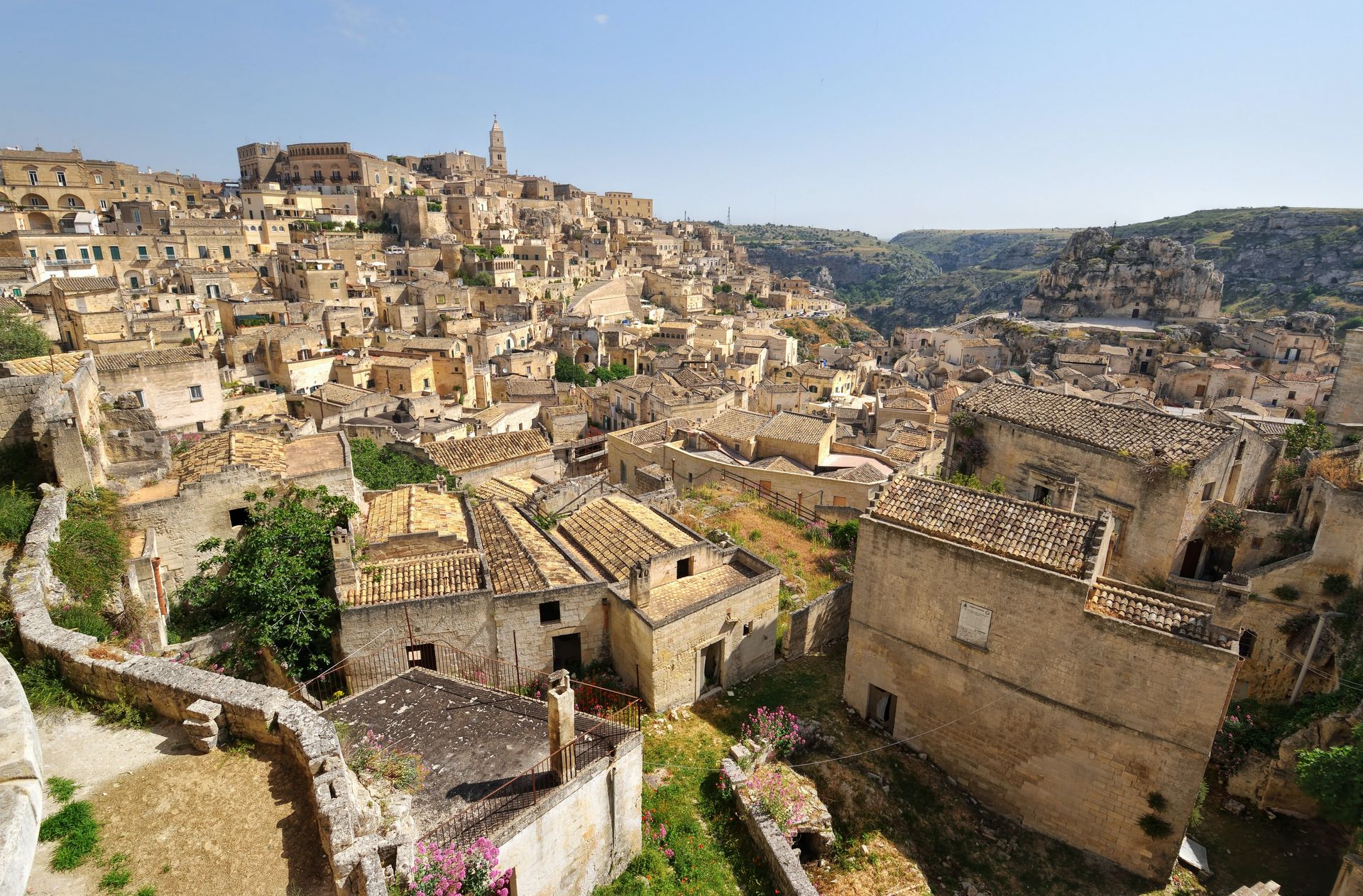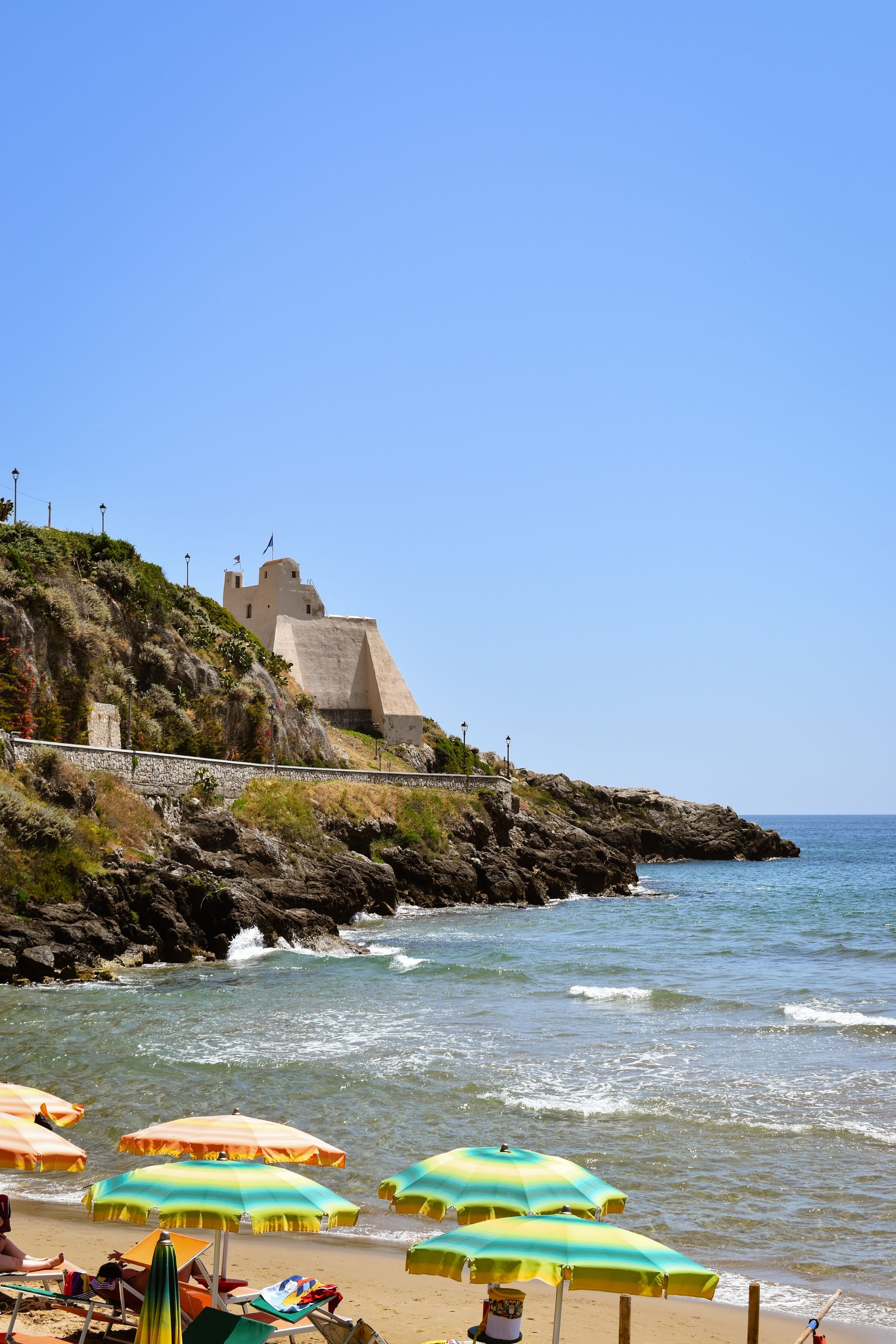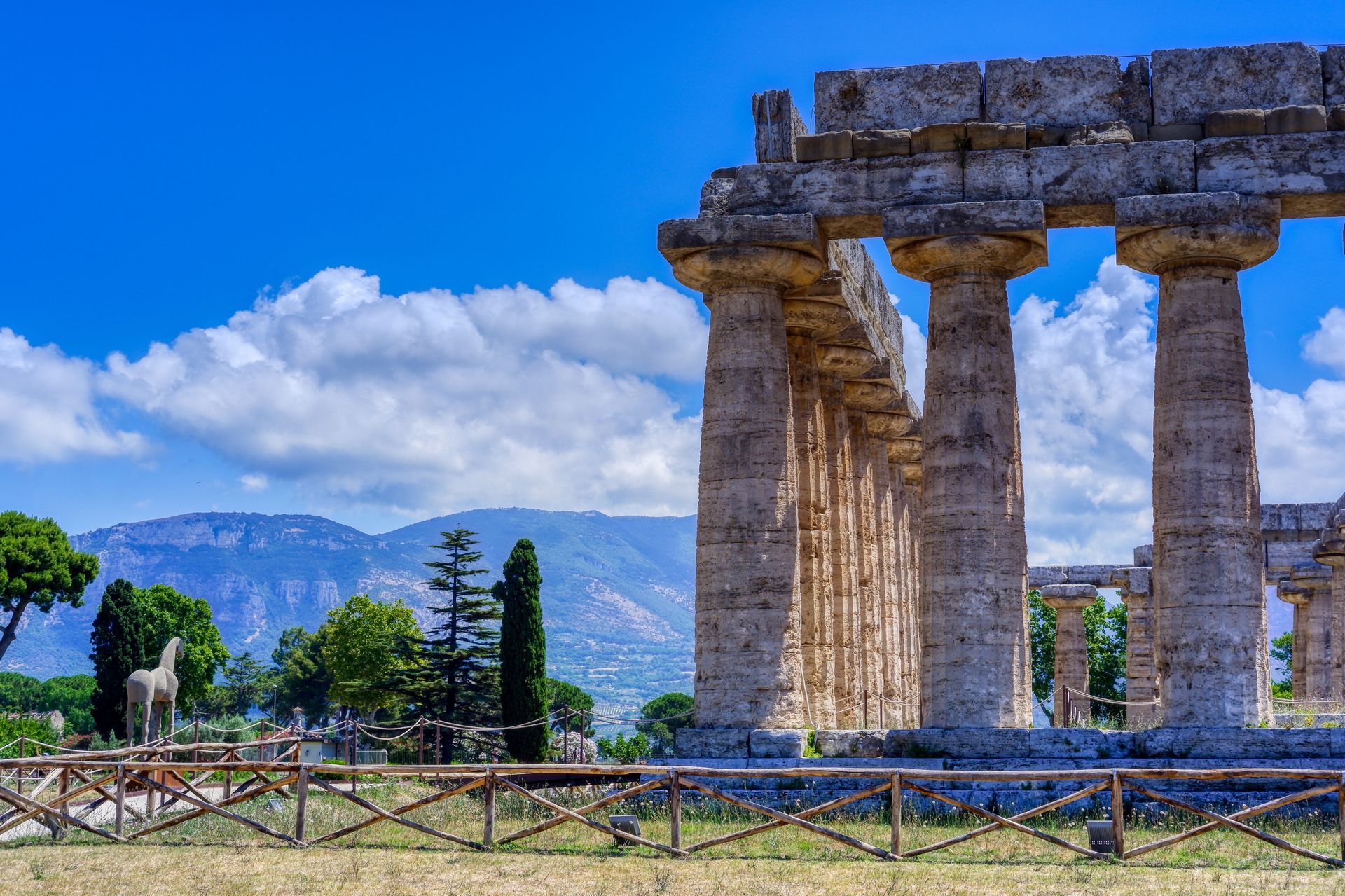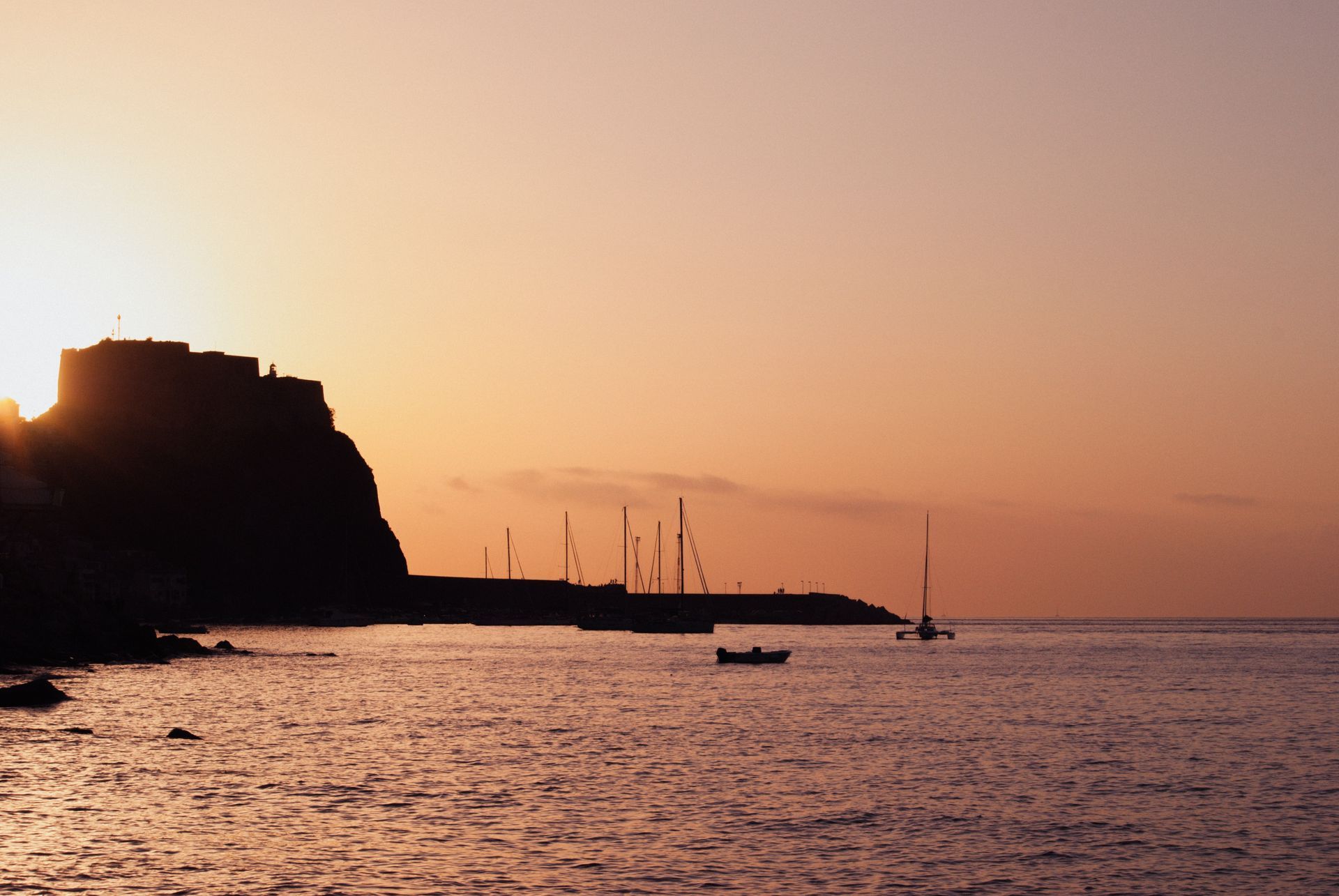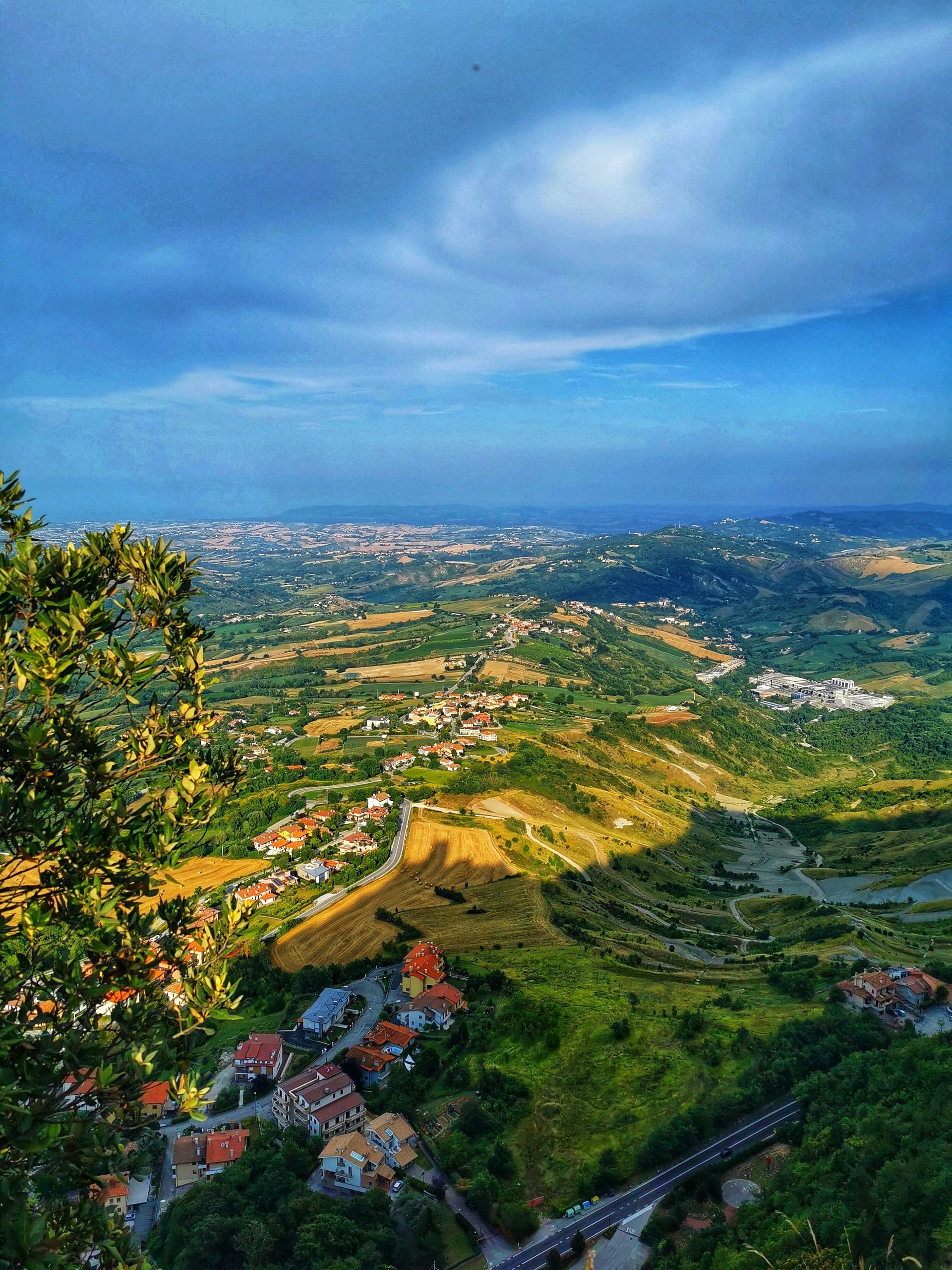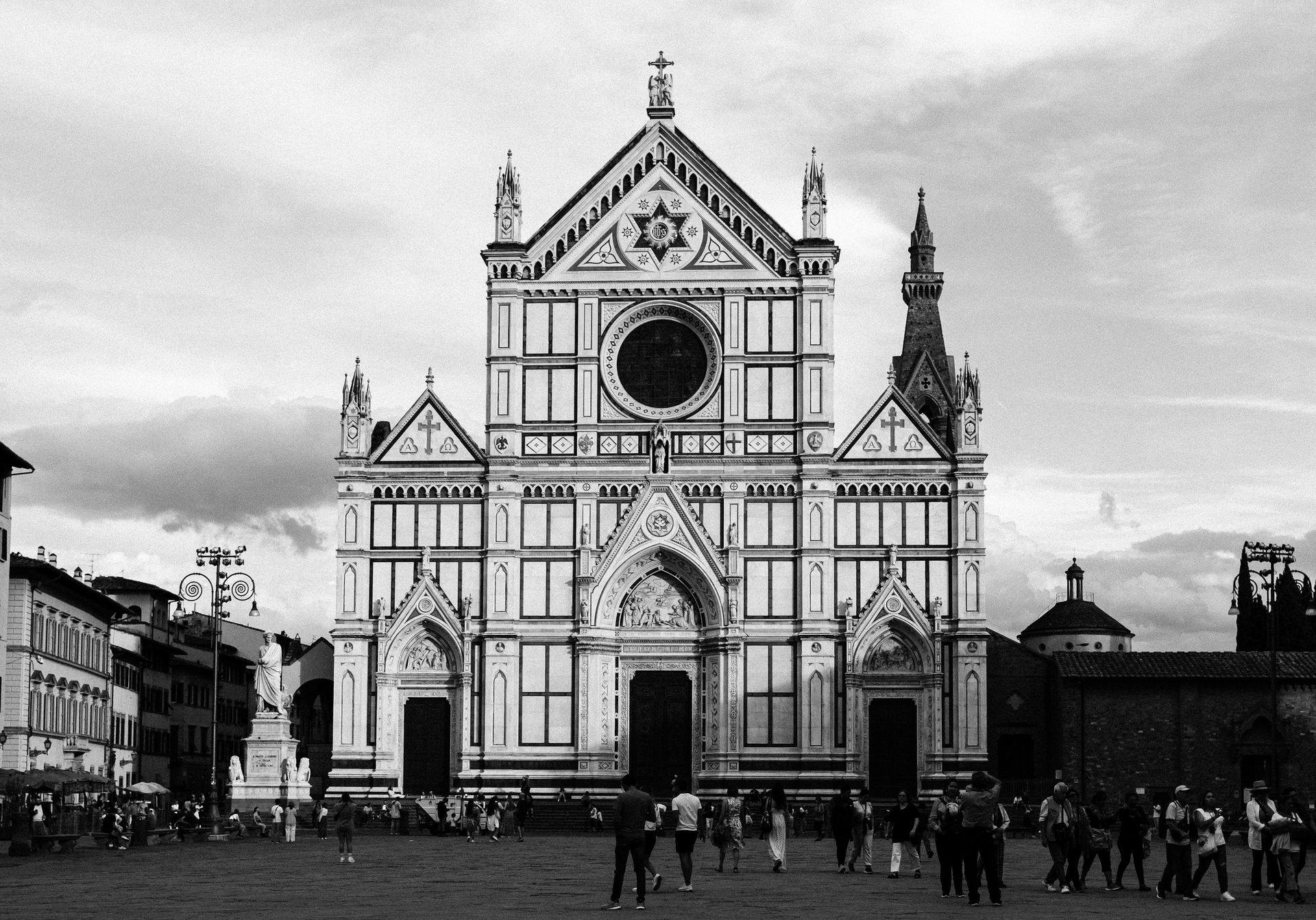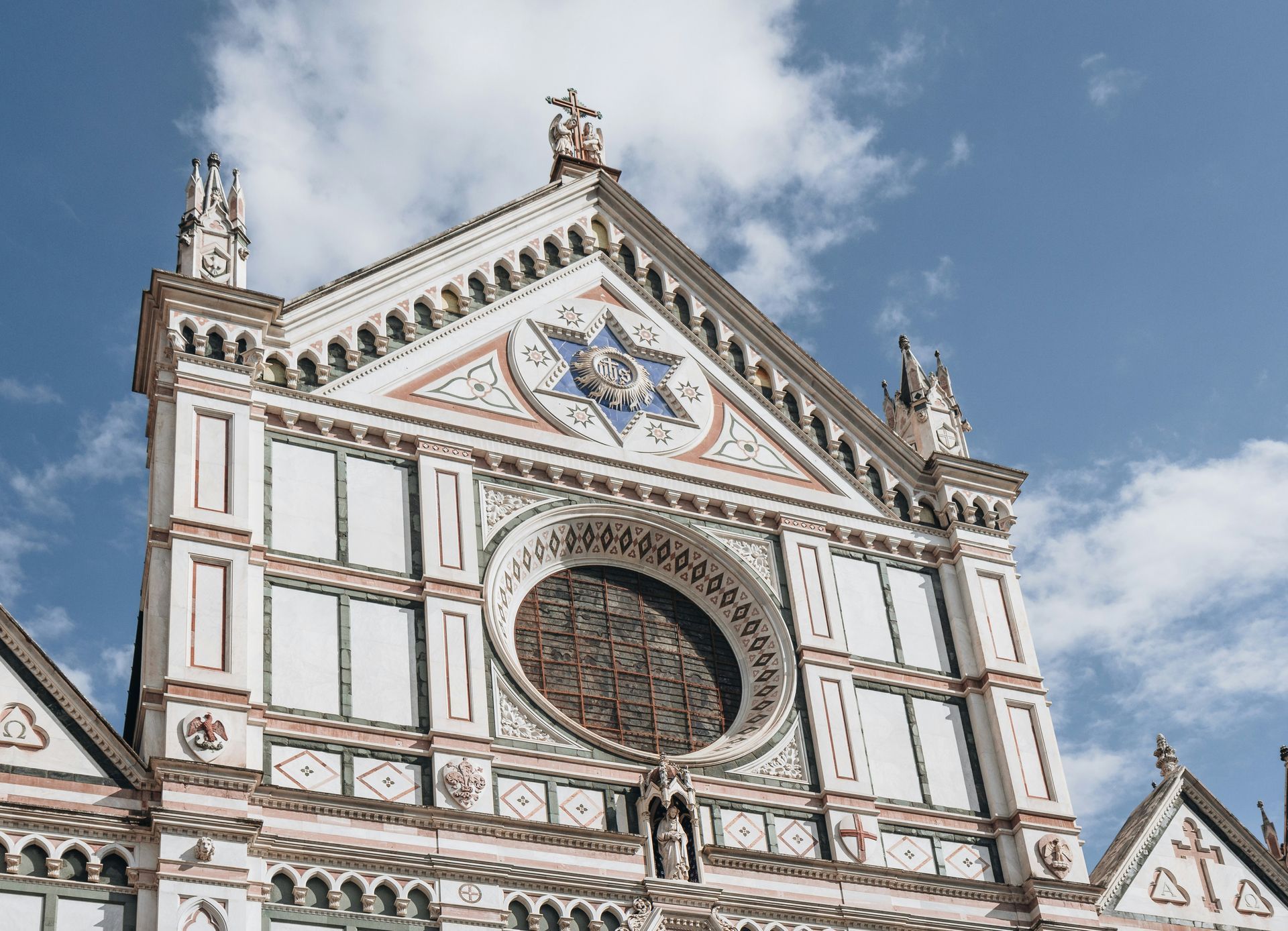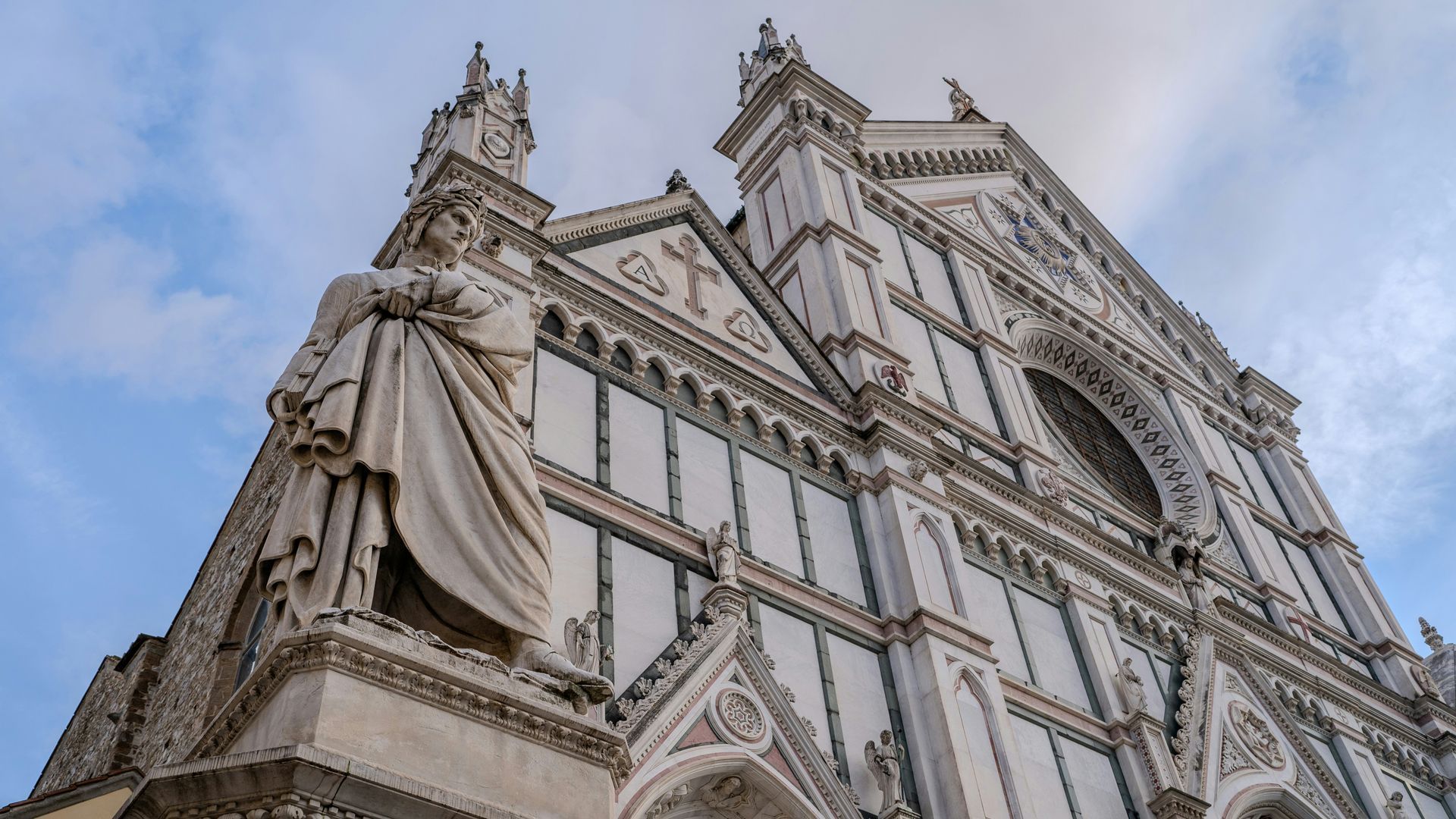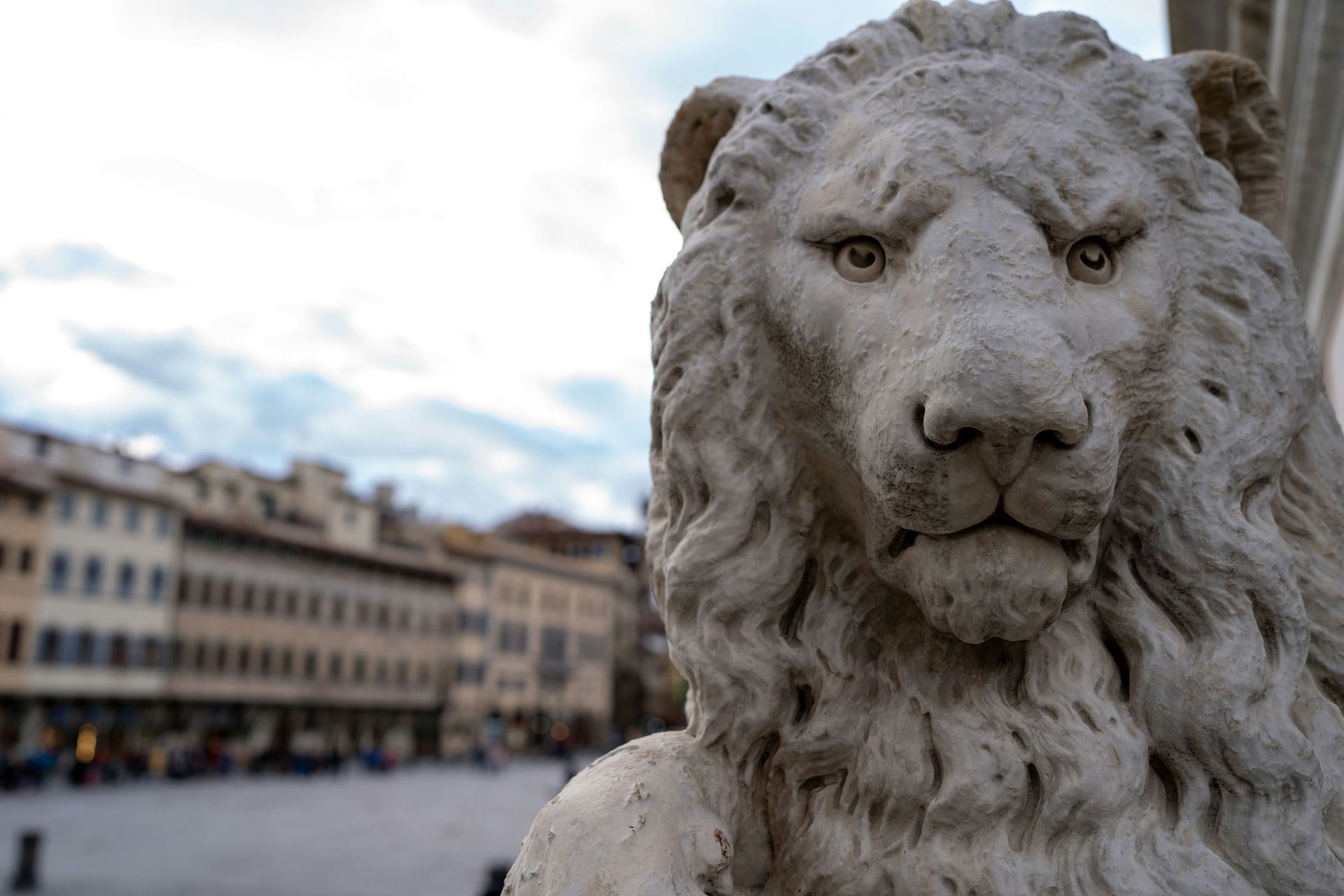Spreading Smile across the globe
Hidden Gems of Northern Italy
Hidden Gems of Italy are a testament to the country's diverse and enchanting beauty, often concealed from the traditional tourist routes. While Italy is celebrated for its iconic cities like Rome, Florence, Venice, and the Amalfi and Cinque Terre coasts, it's the lesser-known destinations that promise a unique journey. These unexplored regions offer travellers a chance to experience Italy's authentic culinary delights, rich historical narratives, and stunning natural landscapes. From the northern reaches to the southern shores, these Hidden Gems of Italy reveal a different facet of this remarkable nation.
Lake Orta - Piedmont
Hidden Gems of Italy come to life at Lake Orta, tucked away near the Swiss border in the heart of Piedmont. This hidden paradise often evades the spotlight compared to its more famous counterparts like Lake Como and Lake Garda. The historic town of Orta San Giulio, with its Baroque and Medieval architecture, cobbled streets, and idyllic Piazza Motta, enchants visitors. The glistening waters of the lake itself invite moments of serenity. What makes Lake Orta truly extraordinary is the mysterious island at its centre—a tranquil sanctuary inhabited by resident nuns.
Treviso - Veneto
Among the Hidden Gems of Italy, Treviso stands as a city in the Veneto region that retains its genuine northern Italian charm. Meandering through its narrow cobbled lanes, picturesque canals, and medieval city walls feels like a step back. Positioned on the fringes of the renowned Prosecco wine region, Treviso provides a delightful excuse for an aperitivo with a glass of Italy's renowned sparkling Prosecco.
Aosta Valley
Nestled among the bordering landscapes of Switzerland and France, the Aosta Valley showcases breathtaking alpine scenery, perched castles, and traditions that thrive throughout the year. When spring and summer arrive, the region's walking trails entice explorers. This season also brings lively festivals that celebrate folk traditions that date back to medieval times. Be sure to savour the local cheese Fontina, a culinary delight that embodies the spirit of this Hidden Gem of Italy.
Alba - Piedmont
Alba, a sought-after destination among Italy's hidden gems, is situated in the vineyards of the Langhe Hills. Once adorned with a hundred towers, Alba exudes a charming rural ambience. It's renowned for its autumn truffle festival, a gastronomic event that captures the essence of the region. Alba is also celebrated for its dark chocolate, hazelnut groves, white truffles, and prestigious wineries. It's from this very region that the sought-after Barolo wine originates.
Camogli - Liguria
Camogli, a typical and vibrant Italian seaside village on the Ligurian Riviera di Levante, perfectly embodies the spirit of the Hidden Gems of Italy. Towering, brightly painted houses dominate the town, and it has become a magnet for visitors seeking pristine beaches, Ligurian cuisine, the rustic fishing marina, Italian culture, and a tranquil natural setting. Camogli has earned its reputation for culinary excellence, focusing on fish and seafood, particularly anchovies and tuna, as well as the iconic pesto sauce made from basil and pine nuts.
Brescia - Lombardy
Hidden Gems of Italy often come alive through history, and Brescia is no exception. In this small city, history unfolds through a tapestry of architectural styles, spanning Roman, Medieval, Renaissance, Baroque, and even Art Deco. Walking through Brescia feels like a journey through time, and a visit to the captivating Piazza della Loggia, framed by a stunning Venetian-style palace at its heart, is a must for history enthusiasts.
Trieste
Trieste is a refreshingly unique destination, an Italian city positioned near the Slovenian border with its dialect that's a delightful blend of Austrian-German, Greek, Croatian, and Italian. Trieste's neoclassical waterfront is a sight to behold, with its marina brimming with stylish, glimmering yachts. The city's offerings include clear blue skies, expansive sandy beaches, city lidos, and the surrounding vineyards. Trieste is a Hidden Gem of Italy that belongs on every traveller's Northern Italian itinerary.
Modena - Emilia-Romagna
Modena is famed for its Hidden Gems of Italy, including balsamic vinegar, Luciano Pavarotti, the Romanesque cathedral, and the nearby Ferrari museum. Beyond these illustrious attractions, Modena reveals a treasure trove of remarkable restaurants. Massimo Bottura's Osteria Francescana has twice earned a place among the world's top 50 eateries, showcasing the culinary excellence of this Hidden Gem. While in Modena, don't miss the chance to savour local specialities like stuffed tortellini and sparkling Lambrusco wine, the perfect complement to your gastronomic journey.
Chiusa / Klausen - South Tyrol
Chiusa, also known as Klausen, is one of Italy's most picturesque villages. It is situated on the banks of the Isarco River in the South Tyrolean region near the Austrian border. Chestnut groves, green fields, vineyards, and farmsteads surround the town. In the village itself, visitors are captivated by narrow alleyways, coats of arms, large bay windows, crenellated facades, and the two main squares.
Ravenna - Emilia-Romagna
Ravenna offers a treasure trove of experiences among the Hidden Gems of Italy. This city is a feast for the senses, with its diverse offerings of food, music, art, culture, history, beaches, wine, and mosaics. Ravenna is home to eight UNESCO-listed sites, making it a must-visit for history and art enthusiasts. It's also known for its two-month-long music festival, Dante Alighieri's tomb, local culinary delights, nearby beach resorts, and the opportunity to explore pinewood forests. The city's fame is derived from its stunning mosaics, dating from the fifth and sixth centuries, scattered throughout the town.
In conclusion, Italy's Hidden Gems invite you to embark on a journey less travelled, where the rich tapestry of history, diverse cuisine, and breathtaking landscapes come to life. These lesser-known destinations provide an authentic Italian experience, away from the bustling crowds, revealing the nation's soul in its purest form. Explore these Hidden Gems to uncover Italy's hidden treasures.
Hidden Gems of Central Italy
Hidden Gems of Italy beckon the adventurous traveller to explore the lesser-known treasures that this remarkable country holds. From the picturesque valleys of Tuscany to the medieval charm of Umbria, the mysterious landscapes of Molise, and the architectural wonders of San Gimignano, these destinations promise unforgettable experiences.
Garfagnana - Tuscany
The Garfagnana region is a hidden gem in the beautiful Tuscan valley north of Lucca. It is crossed by the Serchio River, and the landscape is characterized by fertile greenery, rugged mountains, and charming villages. Outdoor activities such as hiking, walking, and mountain biking are enjoyed by many people in this area. Garfagnana is home to several one-of-a-kind attractions, including a ghost town, a wind cave, and the Devil's Bridge at Borgo a Mozzano.
Gubbio - Umbria
Umbria hides many treasures, and a particular favourite among Hidden Gems of Italy is the Medieval hilltop town of Gubbio. Gubbio, a city with a history dating back over 2,000 years, is a maze of cobbled streets and stone buildings that have been perfectly preserved. Visitors can take a cable car to the summit of Mount Ingino to enjoy panoramic views of the surrounding area. In addition, Gubbio hosts Italy's oldest event, the Corsa dei Ceri, in which teams race through the streets carrying massive wooden candles.
Molise
Molise is Italy's second-smallest region and one of its best-kept secrets. Hidden Gems of Italy are plentiful here. The picturesque town of Agnone is renowned for its artisanal bells, produced by the oldest family-run bell foundry in the world. Meanwhile, Campobasso, the regional capital, boasts a stunning medieval old town. Molise offers a captivating mix of historical charm and natural beauty, with rugged mountains, rolling hills, and pristine beaches along the Adriatic coast.
San Gimignano - Tuscany
Nestled in the heart of Tuscany, San Gimignano boasts medieval architecture and, of course, its famous towers. The town's historic centre is a UNESCO World Heritage site, known for its fourteen stone towers that once symbolised wealth and power. San Gimignano offers a glimpse into medieval Tuscany, with well-preserved streets and squares that transport visitors to another time. Besides the towers, make sure to explore the Collegiate Church and indulge in the local Vernaccia wine, a crisp white wine produced in the region.
Spello - Umbria
Another gem in the heart of Italy, Spello enchants visitors with its winding medieval streets and stunning floral displays. Known as the "Città Infiorata" or "flower town," Spello hosts the Infiorata festival, during which the streets are carpeted with intricate flower petal designs. This event occurs in early June and is a magnificent spectacle. Outside of the festival, Spello's charm continues with its well-preserved historic centre and beautiful churches.
Trulli of Alberobello - Apulia
Apulia, or Puglia, is famous for its unique trulli houses, and Alberobello is the epicentre of this architectural marvel. These whitewashed conical homes are a UNESCO World Heritage Site that offers a glimpse into the region's history. Visitors can even stay in trulli that have been converted into accommodations, providing a truly immersive experience.
Norcia - Umbria
Nestled in the Sibillini Mountains, Norcia is renowned for its gastronomy. This charming town produces exceptional cured meats, particularly prosciutto and salami. For food enthusiasts, Norcia is a true Hidden Gem of Italy. Explore local shops, taste the region's specialities, and visit the beautiful town square. Nature enthusiasts will also find hiking trails and natural beauty in the nearby Monti Sibillini National Park.
Montefalco - Umbria
Montefalco is often called the "Balcony of Umbria" for its stunning views over the surrounding valley. This charming town is also known for its wine, particularly Sagrantino, one of Italy's most robust red wines. Montefalco's medieval centre is picturesque and hosts several churches with remarkable frescoes, making it a cultural and gastronomic gem.
Castelluccio di Norcia - Umbria
High in the Sibillini Mountains, Castelluccio di Norcia is a quaint village known for its stunning wildflower blooms in late spring and early summer. The surrounding plateau becomes a colourful tapestry, attracting photographers and nature enthusiasts. Besides the flowers, visitors can enjoy hiking and take in the breathtaking scenery. Hidden Gems of Italy like Castelluccio di Norcia provide a unique connection to nature and the changing seasons.
In the heart of Italy, a treasury of Hidden Gems awaits the intrepid traveller. From the mysterious ghost town of Garfagnana to the ancient charms of Gubbio, the enchanting landscapes of Molise, and the medieval splendours of San Gimignano, these lesser-known destinations reveal Italy's diverse beauty and rich history. Journey through the tranquil streets of Spello, marvel at the unique trulli houses in Alberobello, savour the culinary delights of Norcia, and bask in the vibrant blooms of Castelluccio di Norcia. These Hidden Gems of Italy promise an unforgettable adventure in a land of timeless wonder.
Hidden Gems of Southern Italy
Italy, a land of rich history, captivating art, and exquisite cuisine, is known for its iconic cities and world-famous landmarks. Despite the tourist-filled streets and crowded piazzas, the country holds many hidden gems—lesser-known destinations that offer a more intimate and authentic experience. These places, tucked away in various corners of Italy, are a testament to the nation's diverse and enchanting beauty, waiting to be explored by the discerning traveller. From medieval towns perched atop hills to charming coastal villages and ancient archaeological sites, the Hidden Gems of Italy promise unique adventures and unforgettable memories.
Civita di Bagnoregio - Lazio
Civita di Bagnoregio is often called the "Dying Town" because of its gradual erosion over the centuries. This medieval village is perched on a hilltop and can only be reached by a long footbridge. It's a unique destination, seemingly suspended in time, and is the perfect Hidden Gem for history buffs and photographers.
Matera - Basilicata
Matera, known for its cave dwellings, is one of Italy's most intriguing and unique destinations. The Sassi di Matera, a historic cave settlement, is a UNESCO World Heritage Site. Matera is gaining popularity but still qualifies as one of the Hidden Gems of Italy. Touring this labyrinth of stone-carved rooms and narrow streets offers an incredible historical journey.
Sperlonga - Lazio
Sperlonga is a charming coastal town characterized by its pristine beaches, winding alleys, and picturesque piazzas. Nestled between Rome and Naples, Sperlonga is often overlooked by travellers. A visit here reveals a relaxed and authentic Italian atmosphere, perfect for strolls and seaside relaxation. Take advantage of the Grotto of Tiberius, a cave once used as the emperor's villa and now a museum.
Paestum - Campania
The ancient ruins of Paestum, originally a Greek colony known as Poseidonia, provide an extraordinary window into Italy's history. The temples are exceptionally well-preserved, ranking among the best-preserved in the world. Paestum is also home to a fascinating archaeological museum that displays artefacts from the site. Enjoy a step back in time amid the Hidden Gems of Italy.
Castro - Apulia
Castro, a picturesque coastal town, boasts a historic centre perched on a rocky outcrop. Visitors can explore ancient churches, fortifications, and a charming harbour. Castro also has sea caves that can be explored by boat. The region's cuisine is a seafood lover's paradise, making this town a Hidden Gem for food enthusiasts as well.
Scilla - Calabria
Scilla, an idyllic coastal village in Calabria, offers stunning sea views and hidden beaches. The town is known for the Ruffo Castle, which dominates the landscape, and the legendary sea monster Scylla from Greek mythology. The charming village is a serene and lesser-known alternative to some of the more crowded Italian seaside destinations.
San Marino
San Marino is a microstate surrounded by Italy and is one of the world's oldest republics. It's a destination that's often missed, making it a true Hidden Gem. San Marino boasts dramatic mountaintop views, historic architecture, and unique attractions like the Guaita Tower and the Palazzo Pubblico. For collectors, the country is also known for its beautiful stamps and coins.
Conclusion
Discovering the Allure of Hidden Gems of Italy
Hidden Gems of Italy offers travellers an authentic experience, far removed from the tourist-packed cities and famous landmarks. These lesser-known destinations unravel the genuine charm, culture, history, and culinary wonders that make Italy an endlessly fascinating country to explore. From the mountains of the North to the coasts of the South, each region holds its treasures, waiting to be discovered by those who venture off the beaten path. By exploring the Hidden Gems of Italy, you can craft a unique and unforgettable journey that deepens your appreciation of this incredible country. Plan your trip carefully, and you will be rewarded with the beauty, history, and flavours that characterize these enchanting places.
Is Basilica Santa Croce worth it?
Exploring the wonders of Florence, the question often arises: Is Basilica Santa Croce worth it? The resounding answer echoes through the cobbled streets and historic alleys, drawing visitors to this magnificent architectural gem. The majestic Basilica Santa Croce, standing as a proud witness to centuries of history, art, and spirituality, invites with an allure that goes beyond mere admiration.
Nestled in the heart of Florence, Basilica Santa Croce is a sanctuary where the whispers of the past resonate with the present. As the final resting place of illustrious figures like Michelangelo, Galileo, and Machiavelli, the basilica invites contemplation amidst the sepulchers of these titans. The allure extends beyond its spiritual significance; the basilica is a grand canvas of artistry, housing awe-inspiring frescoes and masterpieces by Giotto, Donatello, and Cimabue.
Basilica Santa Croce doesn't only serve as a place of worship but unfolds as a living chronicle of Florence's cultural and artistic evolution. Exploring its sacred halls is akin to embarking on a journey through time, embracing the intricate fusion of architecture, history, and spirituality that characterizes this unparalleled landmark. So, is Basilica Santa Croce worth it? Prepare to be captivated by the resonating echoes of a bygone era and the enduring charm of Florence's cultural jewel.
Basilica Santa Croce: A little bit of History
The Basilica Santa Croce was born in 1208, when the Franciscan order arrived in Florence for the first time. In 1220 they built a small oratory dedicated to the Holy Cross and they did it in what was at the time a poor neighborhood of Florence.
A few years later, Louis IX gave Santa Croce a splinter of the True Cross. In 1280, Cimabue crafted his renowned Crucifix for the church.
The new Basilica Santa Croce as we know it today began to be built in 1294 with the works finishing in 1385. Unfortunately, we don't know who the architect is.
But this seems unlikely. Cambio was simultaneously working on other buildings in Florence. He would have been an extremely busy man at a time when Florence was transforming and full of scaffolding. Most experts think that the real architect of Santa Croce is unknown.
The basilica Santa Croce was financed by the rich Bardi and Peruzzi families. They gained control of the church by purchasing expensive liturgical chapels near the high altar, which is what was done at the time. It's a bit ironic. A basilica dedicated to “holy poverty” was financed by the rich.
Santa Croce is described as Gothic, which is a style characterized by light, height and ornamentation. Interestingly, the word “Gothic” was only invented by Italians during the Renaissance. “Gothic” therefore had a derogatory meaning, being associated with the invading Goths. The Italians thought that the Gothic style belonged to Northern Europe and was not sufficiently Italian.
In the mid-1500s, Cosimo de Medici commissioned Giorgio Vasari to create the “Renaissance” in the Basilica Santa Croce. Vasari thus set out to work on some walls widened the nave and removed the rood screen (a medieval idea that separated lay people from common people).
Originally Santa Croce had an exterior in rough squared stone, then in 1857, Niccolò Matas was commissioned to create the current beautiful neo-Gothic façade.
It features polychrome panels of pink, green and red marble contrasting with the polished white stone. On the left, we find the statue of Dante Alighieri, the famous Italian poet.
What to see inside the Basilica Santa Croce
Inside the Santa Croce complex you can take a private tour or, if you visit alone, remember that it is full of many Renaissance treasures, from chapels to sculptures by Donatello, tombs of celebrities and works from the Basilica museum.
Chapels of Santa Croce
Adorned chapels with frescoes were a prevalent characteristic of Franciscan churches. Prominent Florentine families enlisted the foremost artists of the era to embellish their chapels. Most of the 14th-century frescoes survive today, although some have been damaged, lost or restored.
Santa Croce boasts a total of 16 chapels, and a few notable ones include:
1. Bardi Chapel: Giotto Frescoes
The Bardi, a noble banking family, enlisted the talents of Giotto to embellish their family chapel situated to the right of the choir. Recognized as the preeminent painter of the 14th century and a trailblazer in Western art, Giotto was commissioned between 1320 and 1328 to create seven depictions narrating the life of Saint Francis of Assisi. Giotto's profound identification with Saint Francis infused the frescoes with a personal and emotive touch, elevating the chapel's artistic significance within Santa Croce. He reads them from right to left, from top to bottom.
The frescoes show Giotto's innovative nature. The figures deviate from the figurative rigidity characteristic of the Middle Ages. They have intensely emotional faces.
Giotto's portrayals of figures in Santa Croce emanate compassion, with some even appearing to shed tears at the demise of St. Francis. These frescoes stand as the pinnacle of Giotto's artistic endeavors. Subsequent generations of artists would make pilgrimages to Santa Croce, drawn to admire and glean inspiration from these masterpieces.
Executed in the 18th century, these invaluable frescoes underwent rediscovery in the 19th century. However, a restoration effort inflicted additional damage, resulting in some areas being left vacant today.
2. Peruzzi Chapel: Giotto Frescoes
The initial masterpiece by Giotto within Basilica Santa Croce is found in the Peruzzi Chapel, where he adorned the space with narratives of Saint John the Baptist and Saint John the Evangelist.
Regrettably, the frescoes in this chapel are in a state of considerable deterioration. Giotto opted for the dry fresco technique, allowing the plaster to dry before applying oil paint, as opposed to the traditional fresco method on wet plaster. While this approach is simpler, it lacks the durability of authentic frescoes.
Created three decades prior, the Peruzzi frescoes, while less striking than the Bardi frescoes, possess a distinct vitality and dramatic quality. It is said that both Masaccio and Michelangelo studied Peruzzi's frescoes, finding inspiration in their composition.
3. Pazzi Chapel
In 1442, the Pazzi family commissioned the construction of the Chapter House within the medieval cloisters of Basilica Santa Croce, utilized by the Franciscan friars and later known as the Pazzi Chapel. Filippo Brunelleschi is believed to have been the designer of this chapel.
Renowned for their infamous history, the Pazzi family attempted an unsuccessful coup d'état in 1478, aiming to overthrow the ruling Medici family, specifically targeting Lorenzo and Giuliano Medici. However, Lorenzo, famously known as Lorenzo the Magnificent, managed to escape and sought revenge.
Regarded as one of the most harmonious structures from the early Florentine Renaissance, the Pazzi Chapel distinguishes itself by its unique adornment. Instead of frescoes, the chapel features glazed terracotta roundels crafted by Luca della Robbia and his disciples.
4. Baroncelli Chapel
The commencement of the Baroncelli Chapel's construction dates back to 1328, rendering it one of the most well-maintained chapels within Basilica Santa Croce. Notably, the chapel showcases captivating frescoes created by Taddeo Gaddi, who was both a pupil and godson of Giotto, as well as his collaborator.
Enhancing its aesthetic allure, the chapel features a splendid altar, an intricately designed stained glass window, and a dome adorning the ceiling. Executed between 1328 and 1338, the cycle of frescoes within the chapel narrates the stories of the Virgin Mary. Taddeo Gaddi also contributed to the design of the exquisite stained glass window, adding to the overall artistic richness of the Baroncelli Chapel.
Basilica Santa Croce and Donatello’s Sculpture
Within Basilica Santa Croce, one can encounter three monumental sculptures crafted by Donatello, a pivotal figure in 15th-century sculpture. Revered as the most influential sculptor of his era, Donatello's artistic impact extended to subsequent generations of Renaissance artists, including the renowned Michelangelo.
Distinguished for breaking away from Gothic conventions, Donatello pioneered the reintroduction of elements reminiscent of classical Greco-Roman sculpture, drawing inspiration from his studies in Rome. Departing from the prevailing flat iconography of his time, Donatello pursued a novel approach, seeking to authentically depict the human experience. The result was a collection of sculptures characterized by their naturalism and profound emotional resonance, marking a significant departure from the artistic norms of the period. These sculptural masterpieces within Basilica Santa Croce not only attest to Donatello's ingenuity but also showcase his enduring influence on the evolution of sculptural expression during the Renaissance.
1. Saint Louis of Toulouse, 1425
The earliest existing bronze sculpture by Donatello, Saint Louis of Toulouse, narrates the tale of the humble friar who renounced his throne for a life devoted to the church. Dressed in the sandals of a Franciscan friar, Saint Louis is depicted in a blessing gesture, and the fluid drapery of his clothing reflects a classical influence.
This remarkable sculpture finds its place in the Santa Croce Museum, offering visitors a tangible connection to Donatello's masterful ability to infuse classical elements with religious narratives.
2. Annunciation, 1435
Situated serendipitously on a church wall near the Cavalcanti Chapel, this splendid sculpture by Donatello captures the moment of the Annunciation, where Mary receives the news of carrying Christ, a prevalent theme in Renaissance art. The sculpture, adorned with lavish gilding, marks a departure from earlier depictions of the Annunciation.
Donatello imbues the scene with a profound realism and psychological depth. Rather than portraying Mary in a divine light, she is depicted as a woman taken aback by the unexpected visitation of the angel Gabriel. This departure from convention adds a layer of humanity to the portrayal, emphasizing the artist's inclination toward a more nuanced and emotionally resonant interpretation of religious themes.
3. Crucifix, 1406-08
Donatello's wooden Crucifix within Santa Croce emerges as one of his most exquisite creations. The portrayal of Christ is characterized by a bearded, tanned, muscular, and sorrowful visage, departing significantly from conventional idealized depictions. Despite the amicable relationship between Donatello and Brunelleschi, the latter criticized the sculpture, accusing Donatello of "crucifying a peasant." This divergence in artistic interpretation highlights the subjective nature of artistic critique and the varied perspectives within the vibrant artistic circles of the Renaissance.
Opera Museum of Santa Croce
Founded in 1900, the Santa Croce Museum is located in the former refectory of the church. The museum accommodates pieces from the Florentine school. In 1966, the premises suffered damage during the devastating flood of the Arno River. Despite meticulous restoration efforts, certain impairments proved irreversible. The museum resumed its operations in 1975.
In the museum, you will find many frescoes, sculptures, sketches, etc. Here are some of the best works of art:
1. Crucifix by Cimabue, 1280
Santa Croce's paramount masterpiece, Cimabue's Crucifix stands as a testament to the artistic brilliance of the 13th-century painter. Cimabue, a pivotal figure bridging Italian-Byzantine art and the Renaissance, exerted a profound influence on early Renaissance luminaries, including Giotto, earning him Vasari's accolade as "the front page of Italian art."
Executed in tempera on wood, the Crucifix captures the poignant image of a suffering and dying Christ, flanked by saints, with faces rendered remarkably expressive. Unfortunately, the devastating flood wrought havoc on the painting, resulting in the loss of 60% of its painted surface. This poignant artwork has come to symbolize the tragic toll inflicted upon Florence, serving as a poignant reminder of the enduring impact of disasters.
In 1976, recognizing the need to preserve this historical treasure, the Crucifix underwent an extensive restoration effort. While some damage remains irreparable, the restoration breathed new life into the masterpiece, ensuring its continued resonance and significance.
2. Taddeo Gaddi, The Last Supper and the Tree of Life, 1335
Adorning the western wall is an expansive rendition of the Last Supper, skillfully executed by Taddeo Gaddi, recognized as one of Giotto's most accomplished disciples. Aptly situated in the erstwhile refectory of the friars, the Last Supper captures the pivotal moment when Jesus discloses the impending betrayal by one of his apostles. Judas is artfully portrayed from behind, deliberately isolated from his fellow companions, evoking a sense of guilt.
Above this poignant depiction, Gaddi masterfully illustrates the Tree of Life. Enveloped in an air of mystique, the symbolic tree is surrounded by scenes featuring Saint Francis and Mary Magdalene, enhancing the visual narrative with additional layers of meaning and significance.
3. Bronzino, Descent of Christ into Limbo, 1552
Agnolo di Cosimo di Mariano, famously known as Bronzino, stood out as a prominent Mannerist artist during the late Renaissance. His significant devotional piece, functioning as a substantial altarpiece, takes inspiration from the Old Testament. In this composition, Christ is depicted descending into hell or limbo to rescue deserving individuals.
Bronzino's artistic finesse extends to portraits of figures such as Adam and Eve, Noah, Judith, Isaac, David, Abraham, among others. The painting also incorporates likenesses of Bronzino's contemporaries in Florence, along with a self-portrait of the artist. Notably, the artwork stirred controversy during its time due to its provocatively erotic elements.
Furthermore, the piece endured damage during the significant flood of 1966. However, it underwent skillful restoration, resulting in a nearly pristine appearance.
4. Francesco Salviati, Deposition from the Cross, 1547-48
Similar to Bronzino, Salviati, also recognized as Francesco de'Rossi and Il Salviati, was an Italian Mannerist painter. Among his notable works, "The Deposition" stands out as Salviati's most significant easel painting. Characteristic of Mannerist aesthetics, the painting exhibits an extreme artificiality in the arrangement of figures, accompanied by a sophisticated and polished appearance.
Conclusion:
In conclusion, the question of whether Basilica Santa Croce is worth visiting transcends mere tourist considerations; it delves into a profound exploration of Florence's soul. Beyond the captivating architecture, intricate artistry, and historic significance, the Basilica Santa Croce encapsulates the spirit of the city itself. As you stand beneath the grandeur of Giotto's Campanile and traverse the sacred halls housing the tombs of revered figures, the answer becomes resoundingly clear: Basilica Santa Croce is an indispensable pilgrimage for those seeking to unravel the layers of Florence's cultural tapestry.
Wandering through the basilica is a journey through time, a chance to connect with the profound legacies of Michelangelo, Galileo, and other luminaries. The spiritual ambiance, the artistic treasures, and the echoes of centuries past create an immersive experience that extends beyond the boundaries of conventional tourism. Basilica Santa Croce beckons, not just as a historical monument but as a living repository of Florence's enduring cultural and spiritual legacy, making it an unquestionable destination for those who yearn to delve into the heart of this enchanting city.
Things To Do | Travel Information | Local's Favourites

